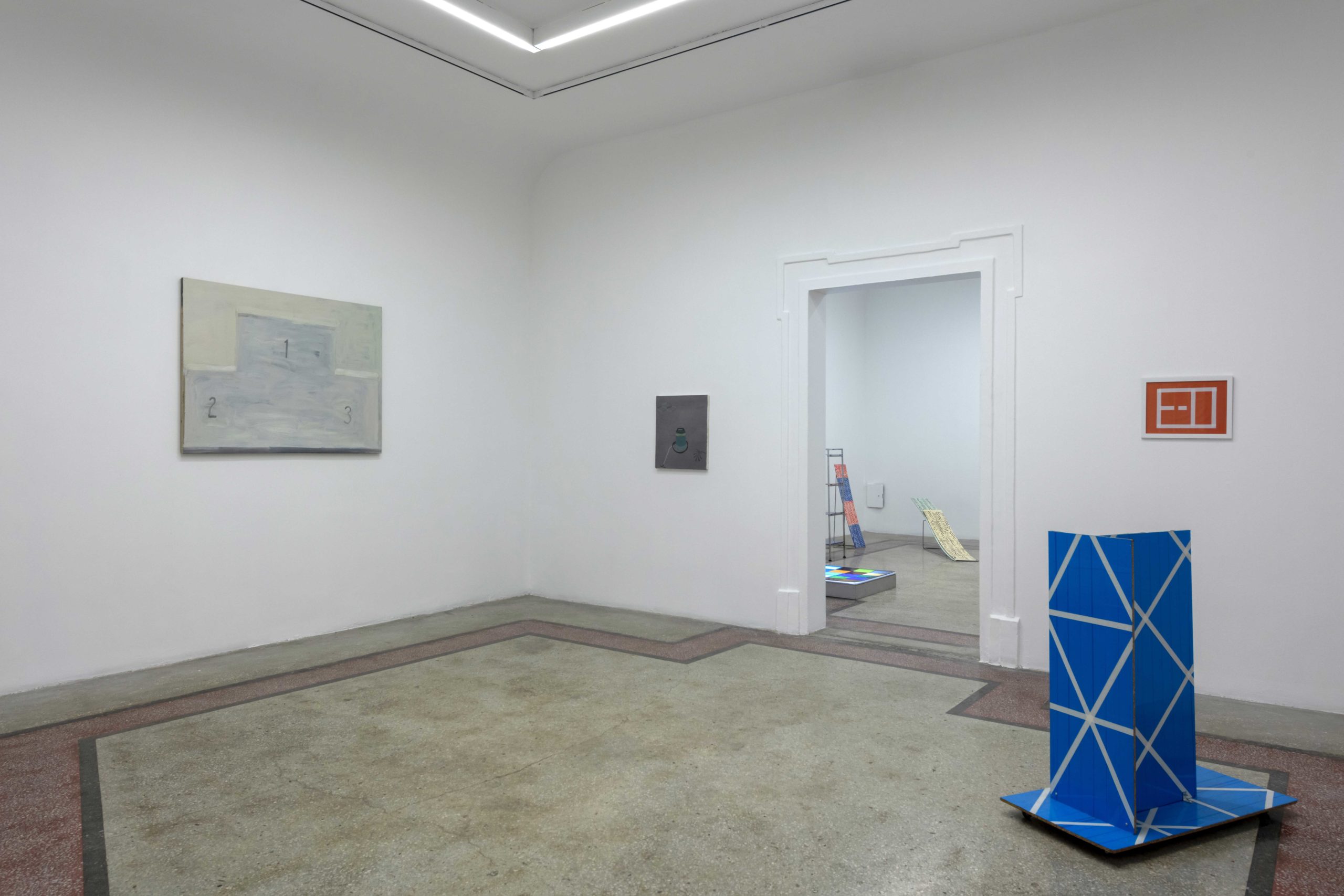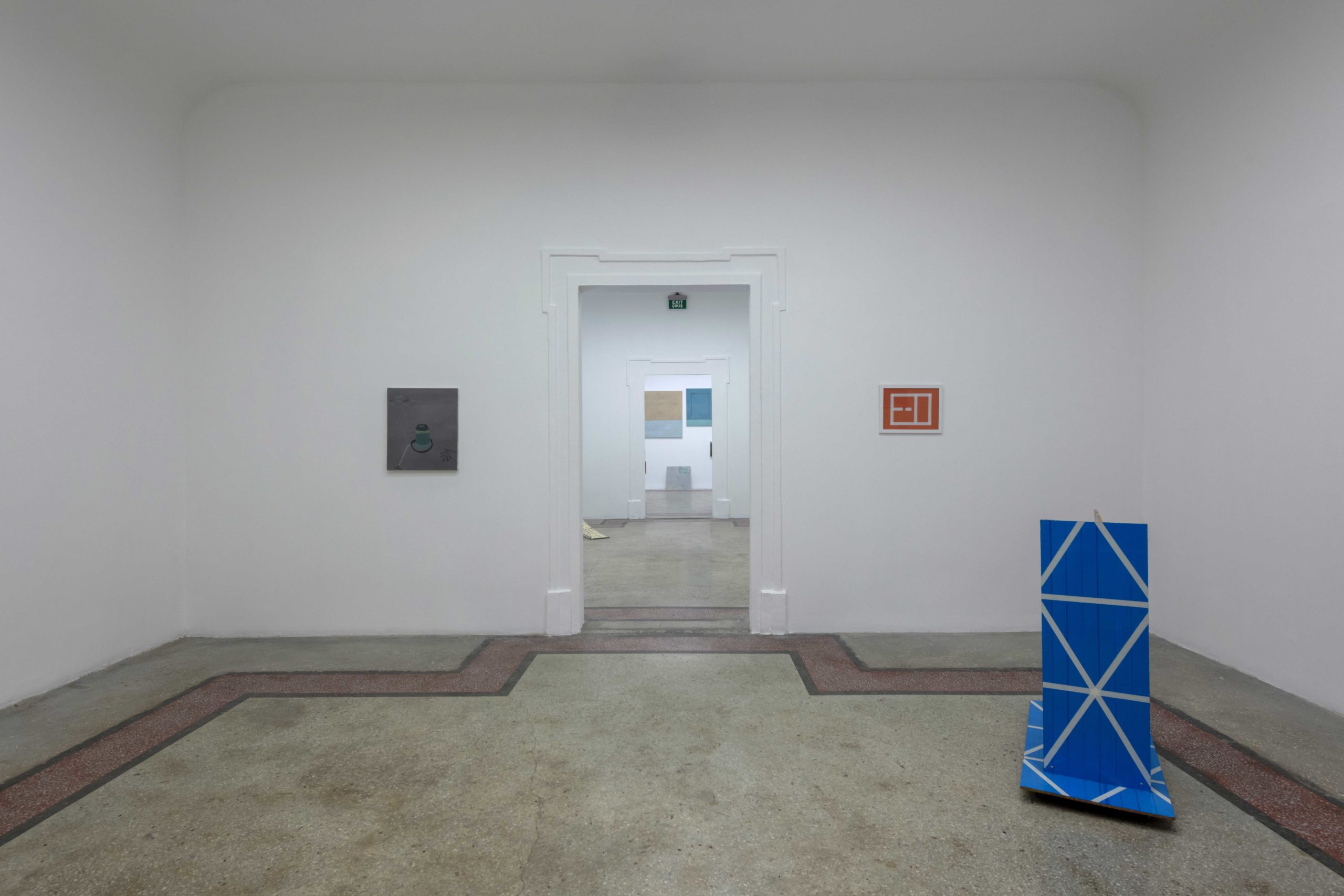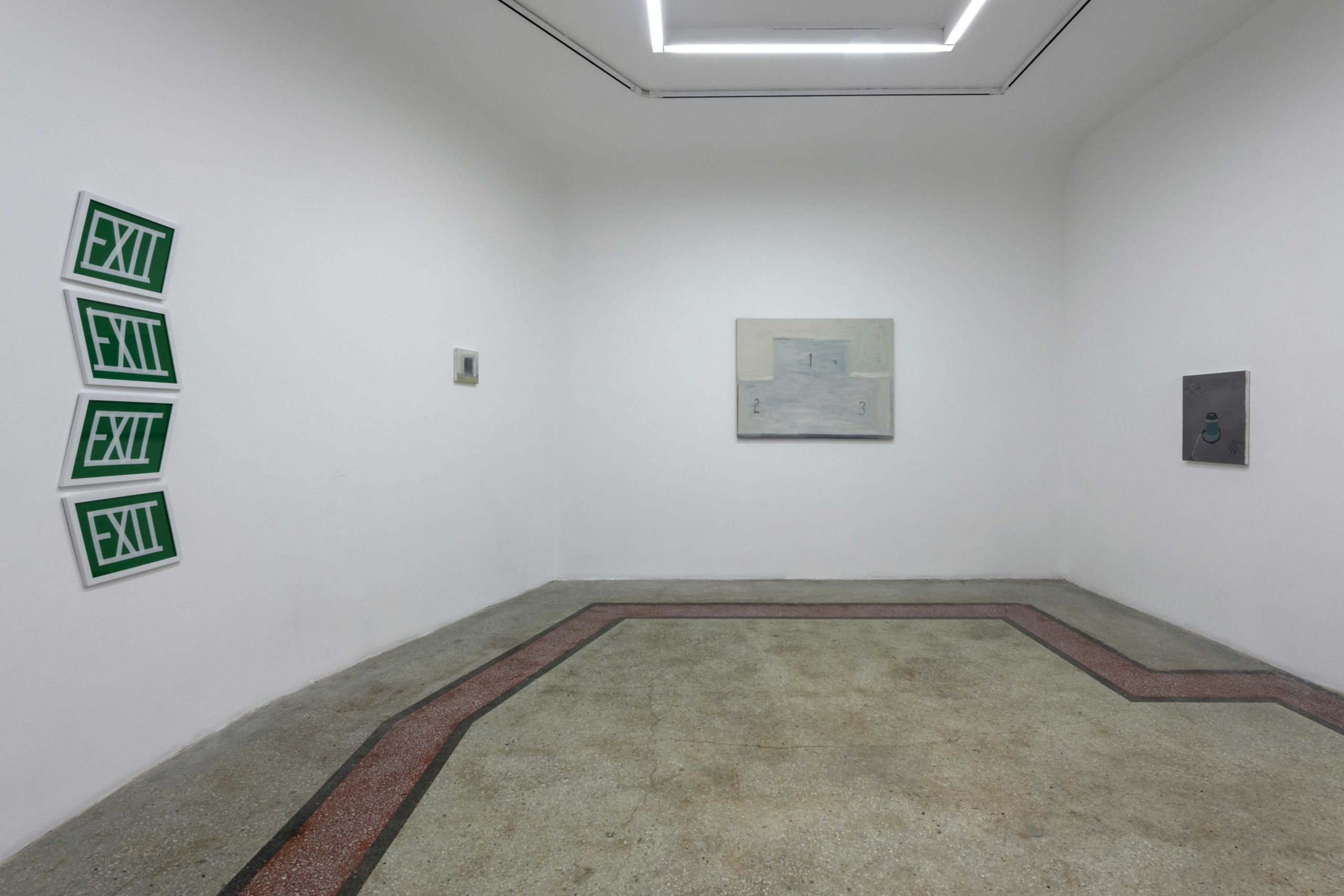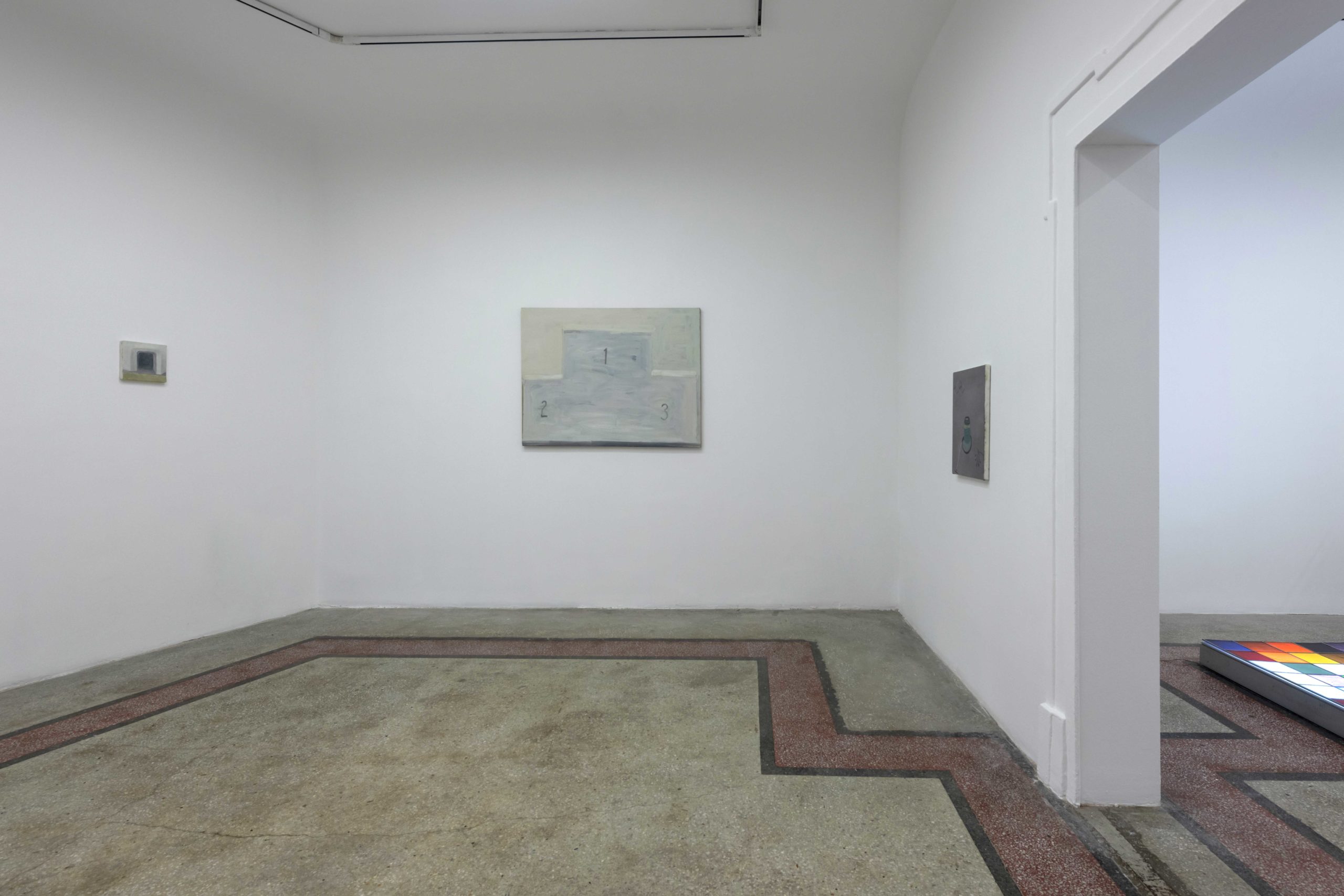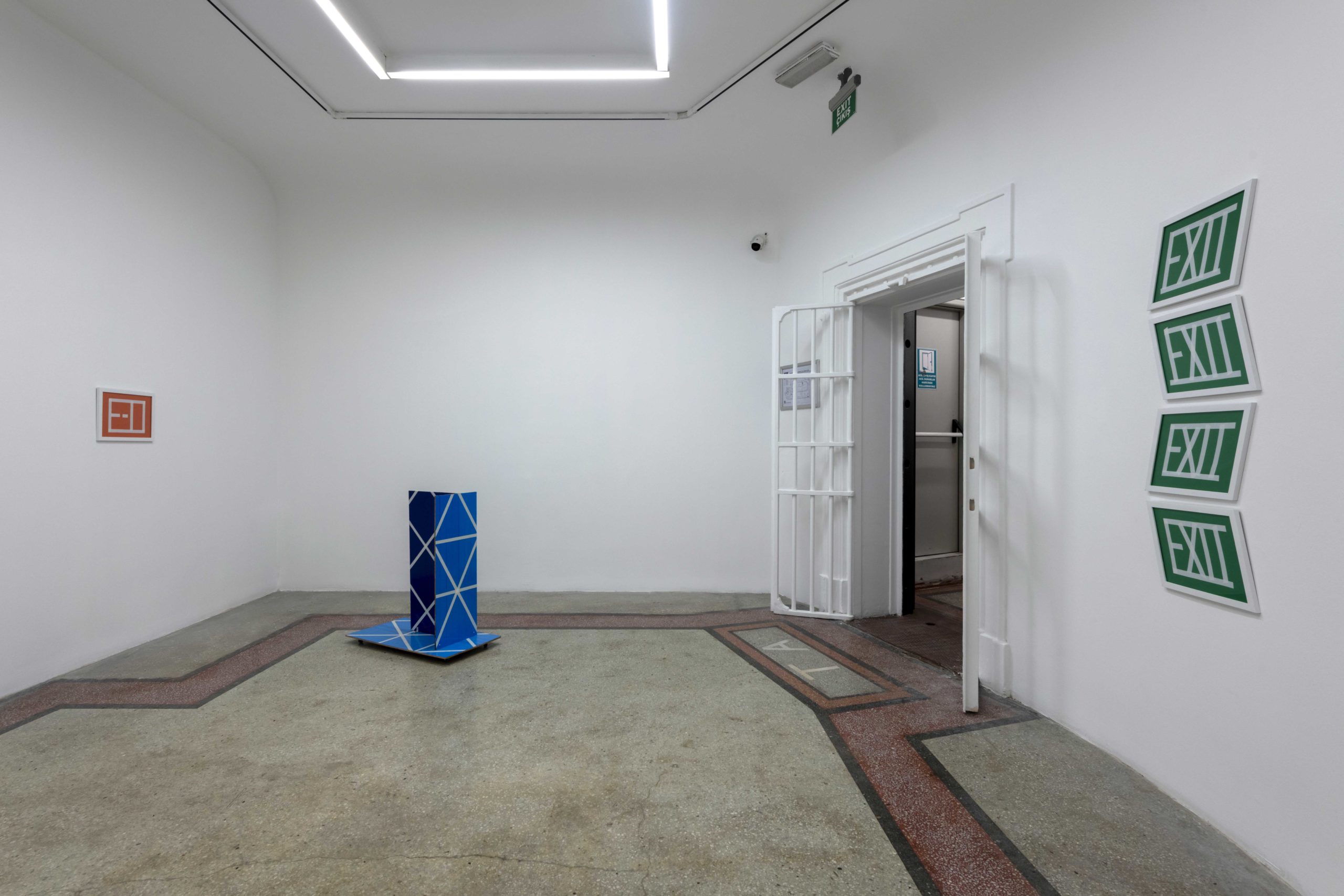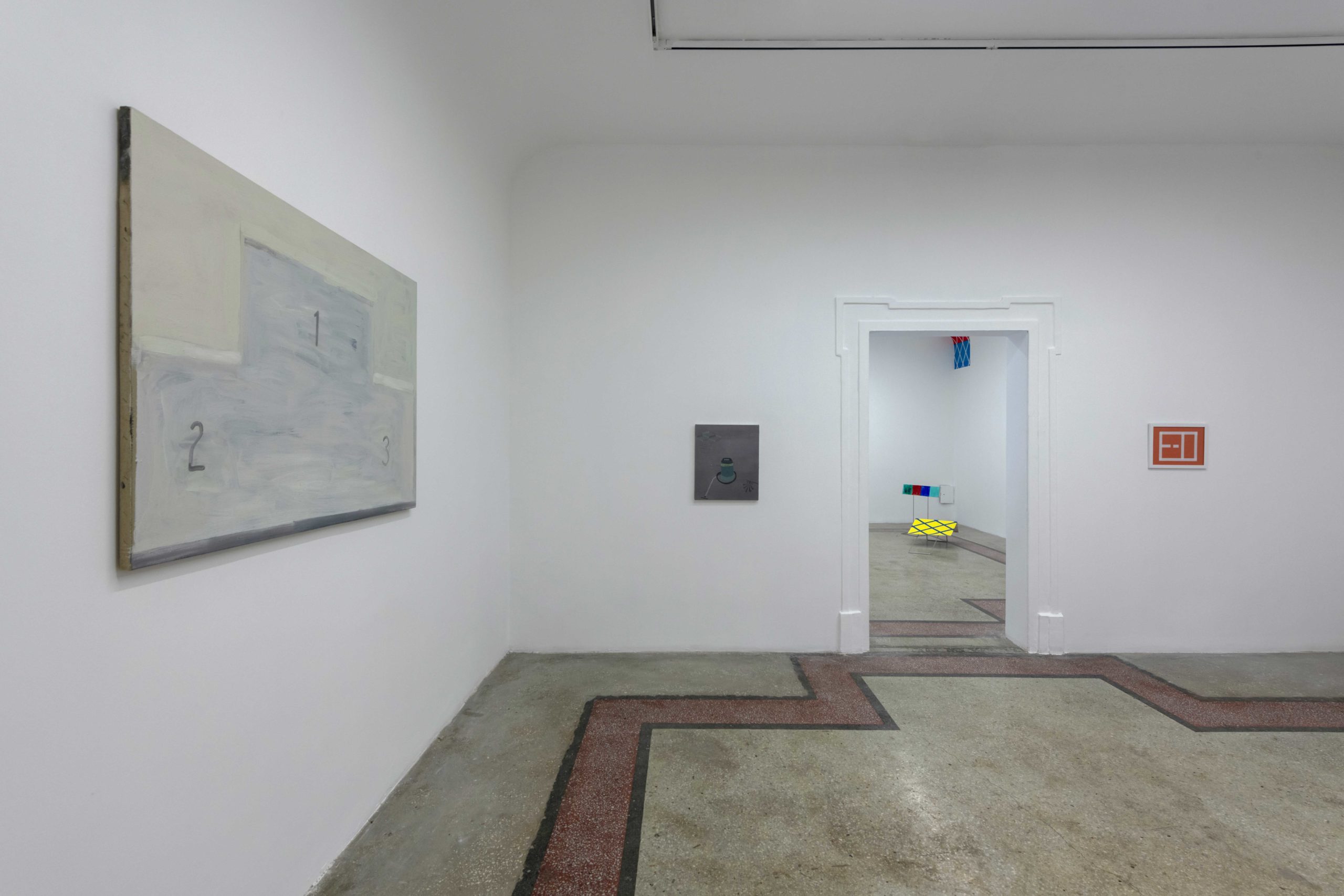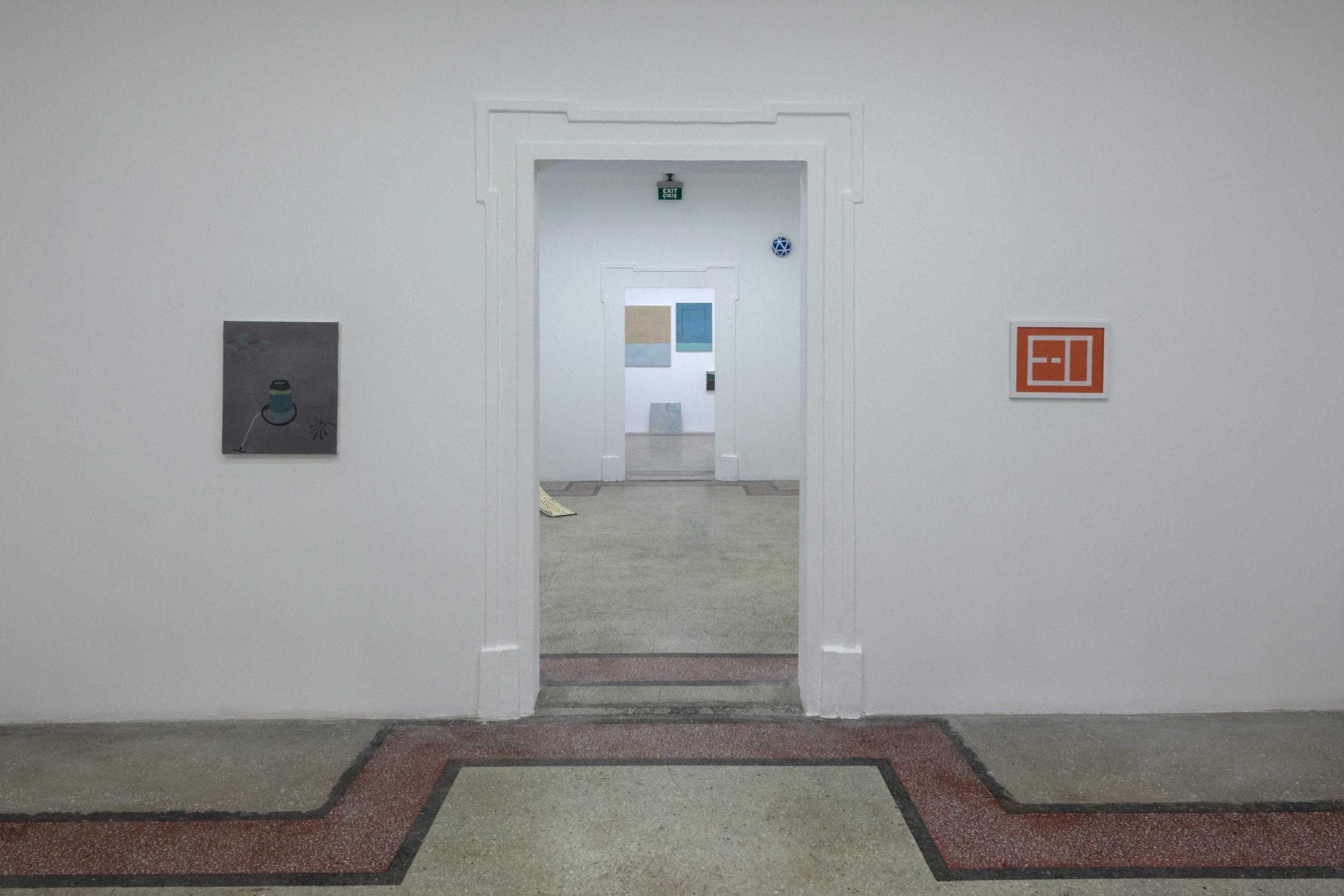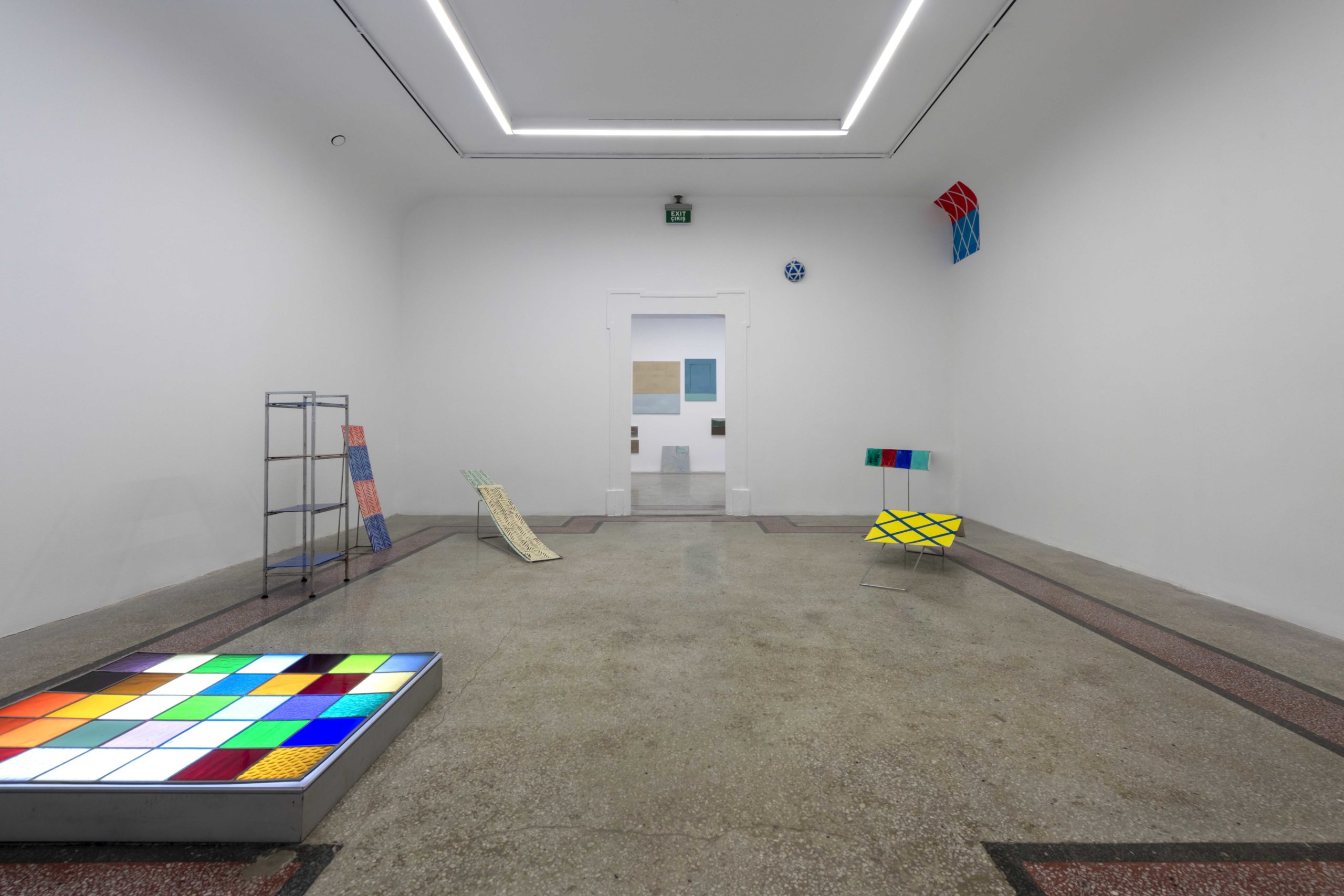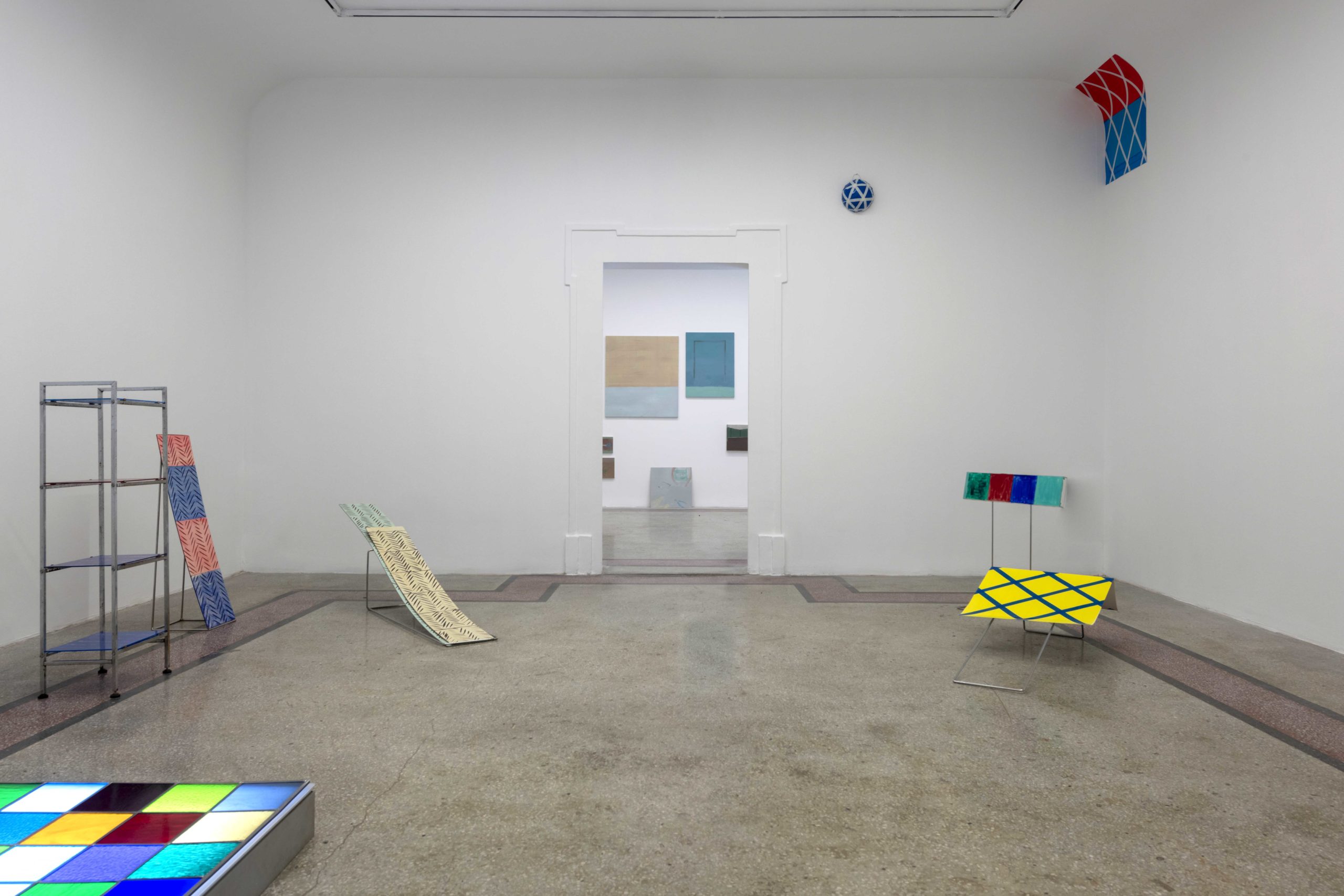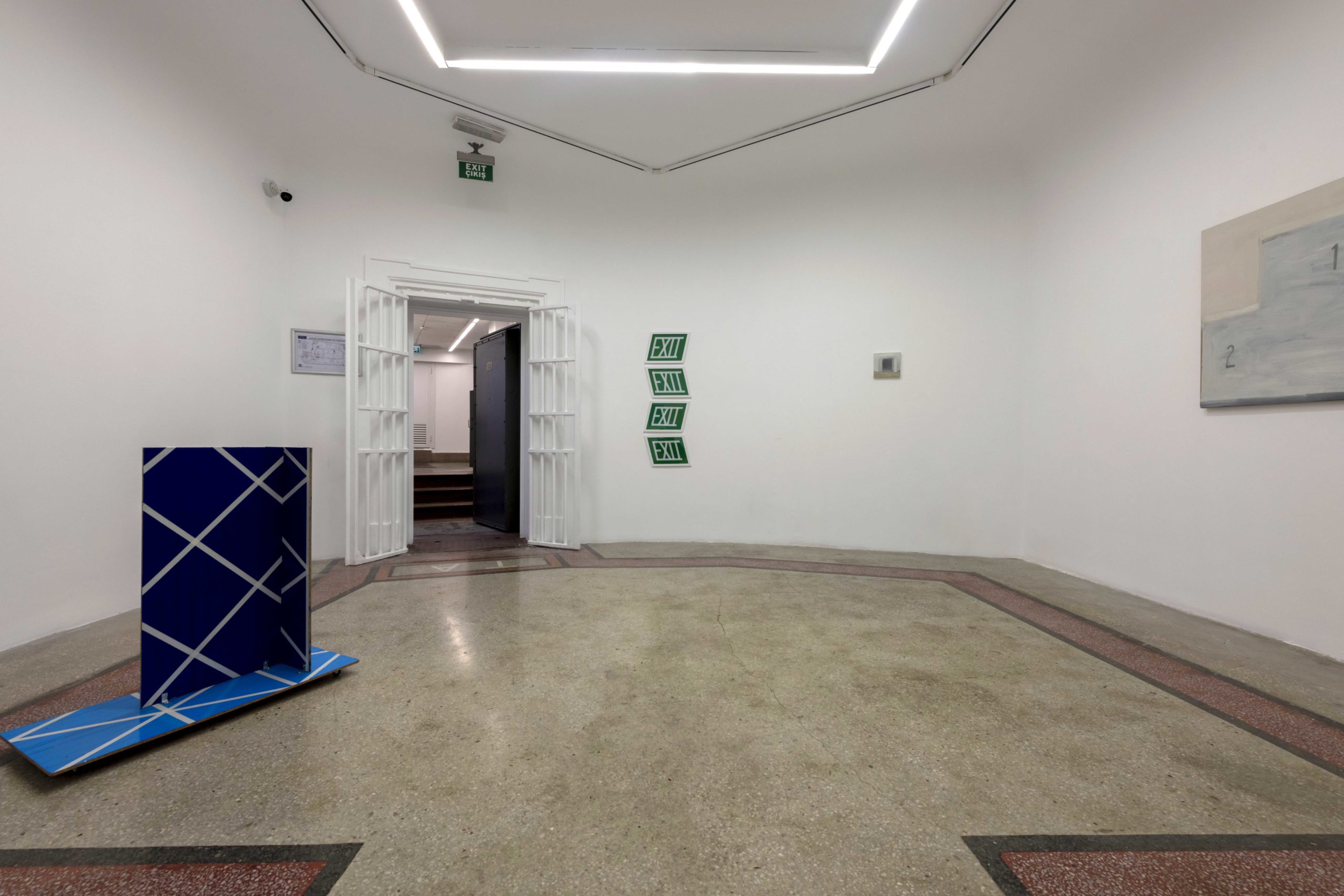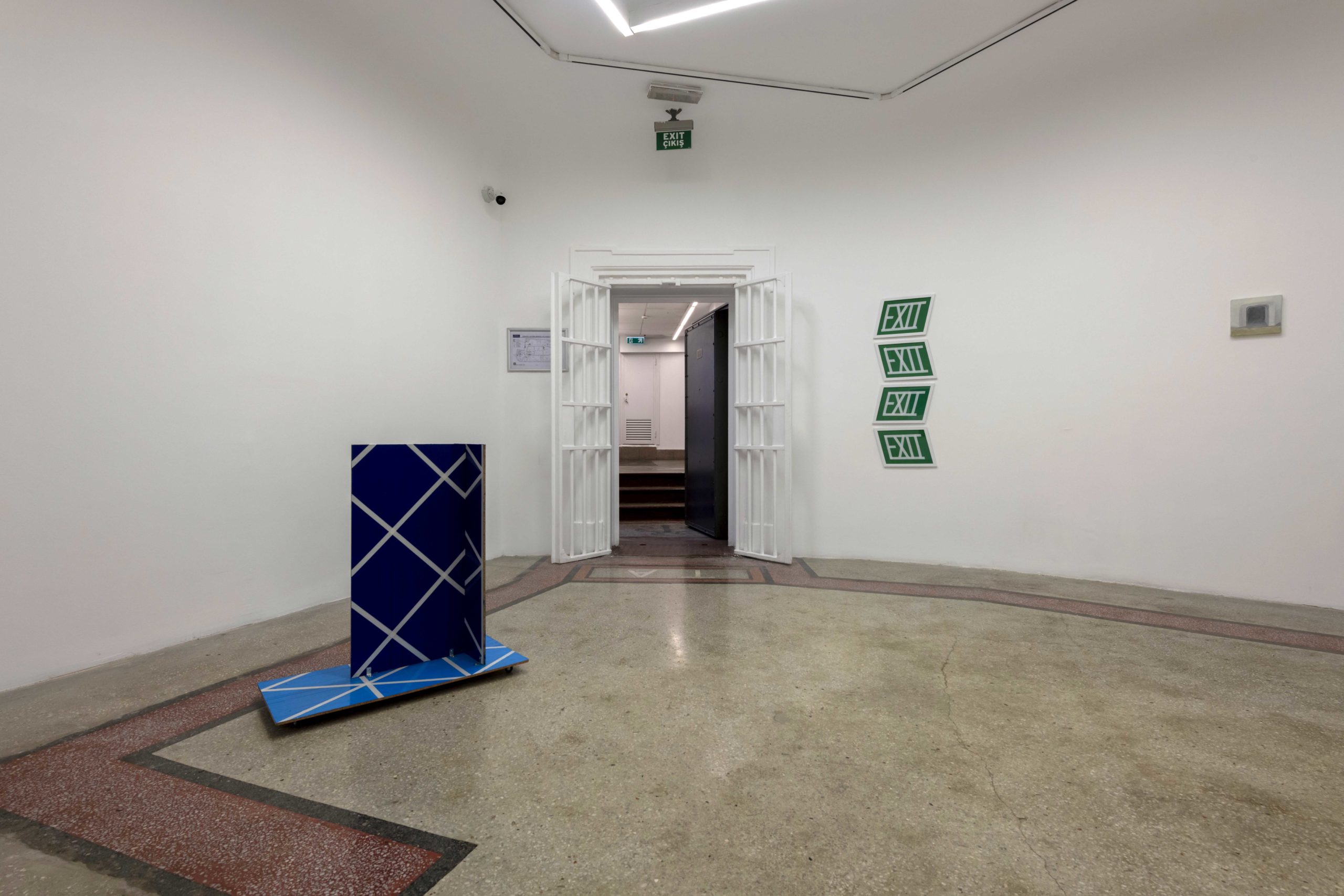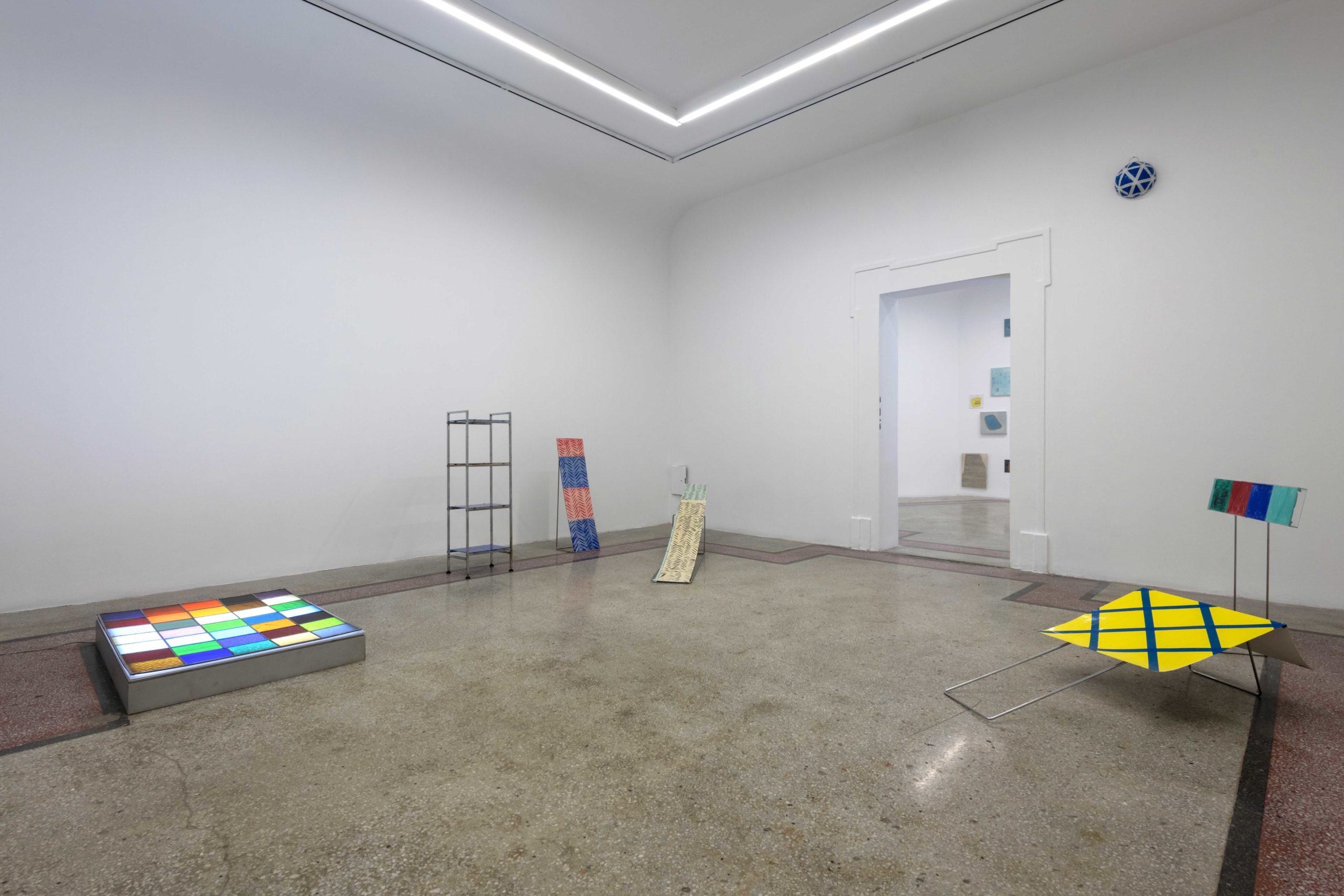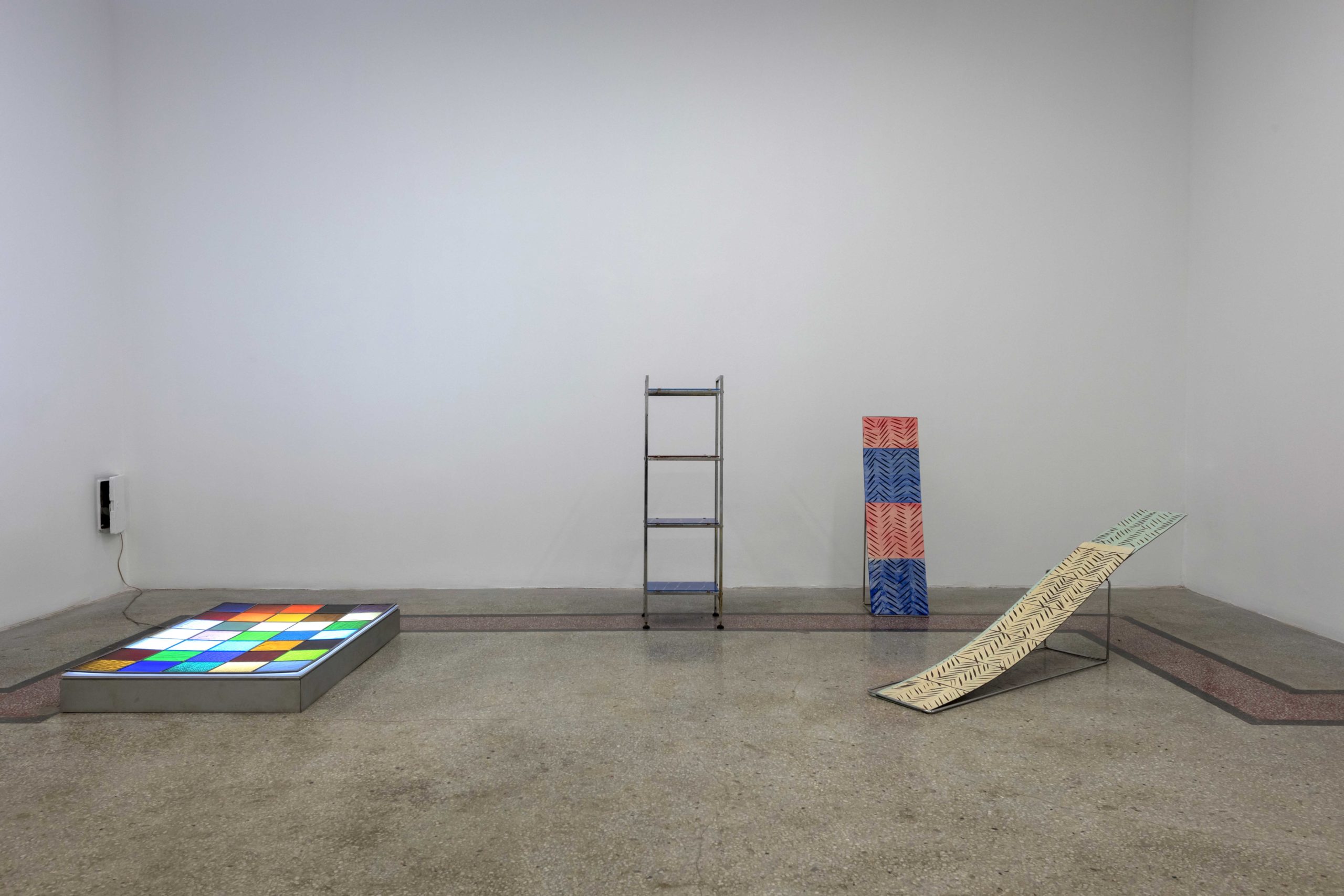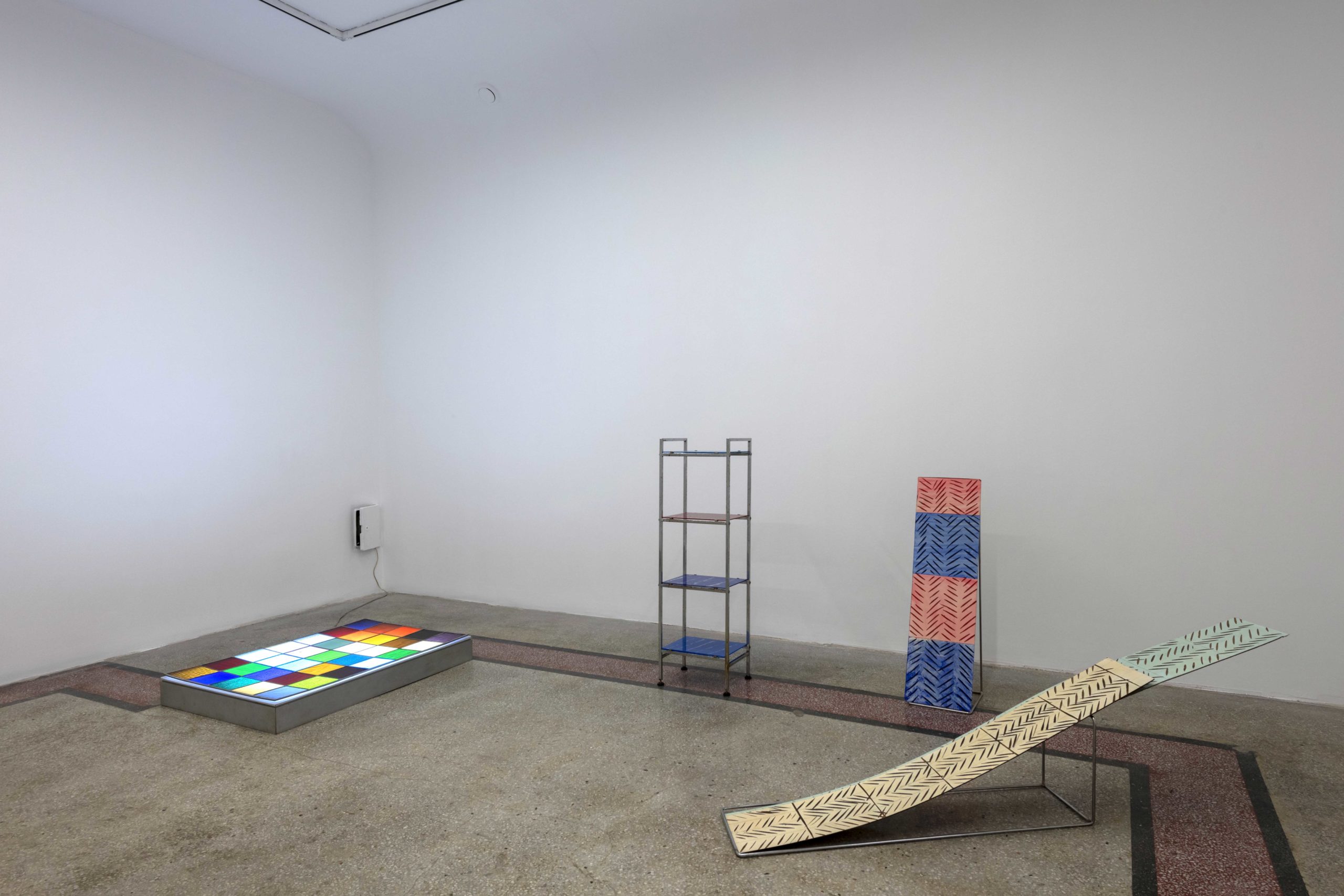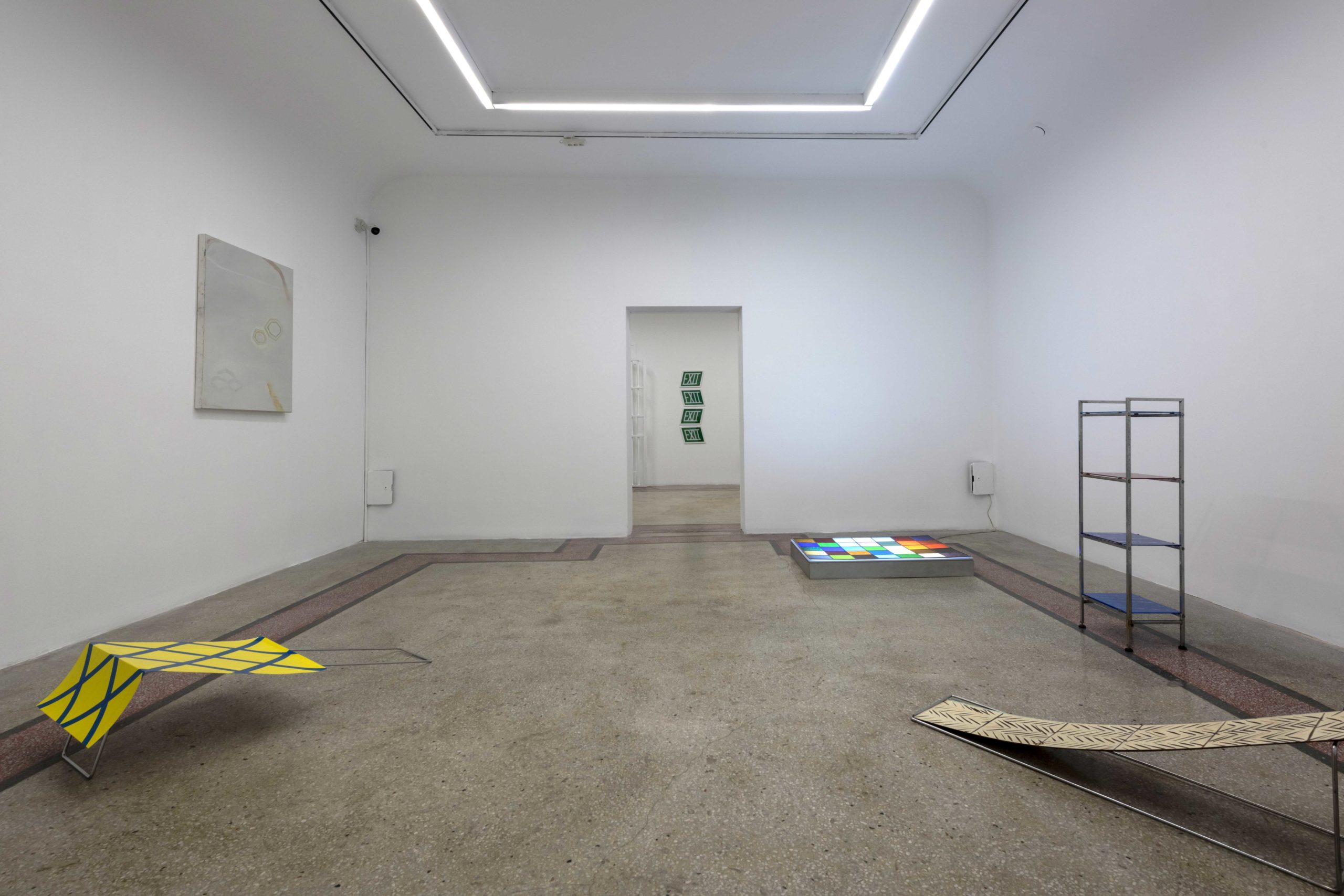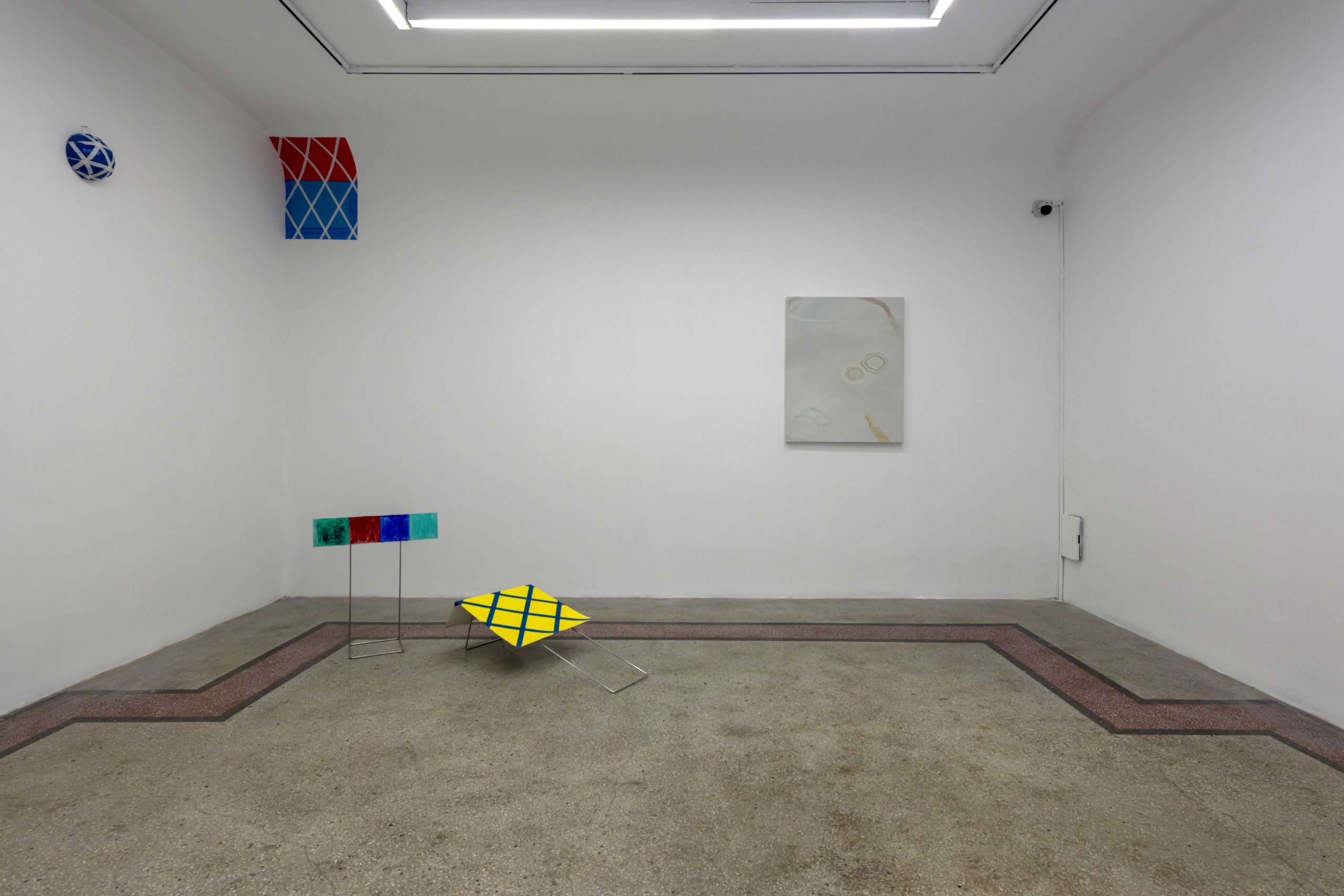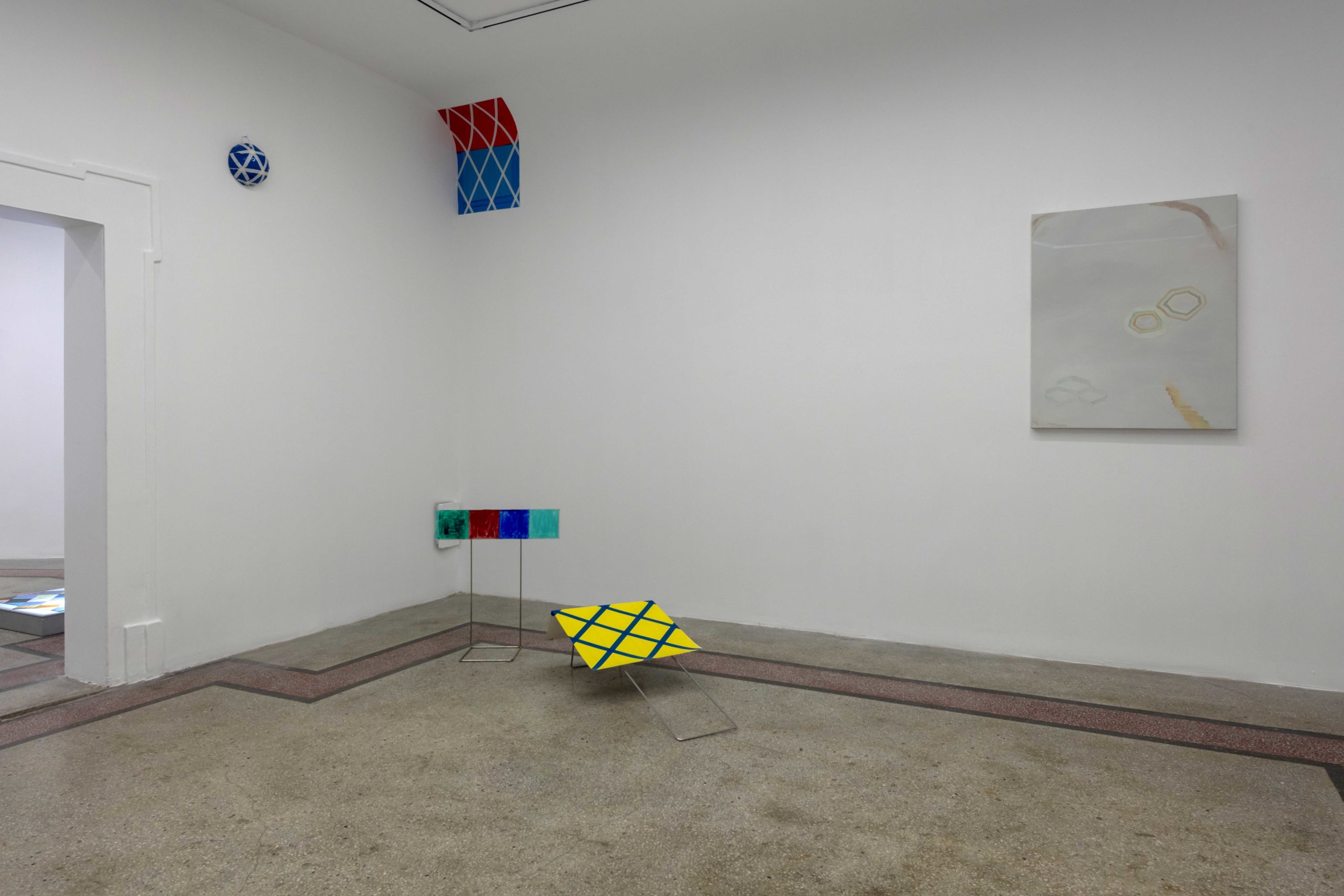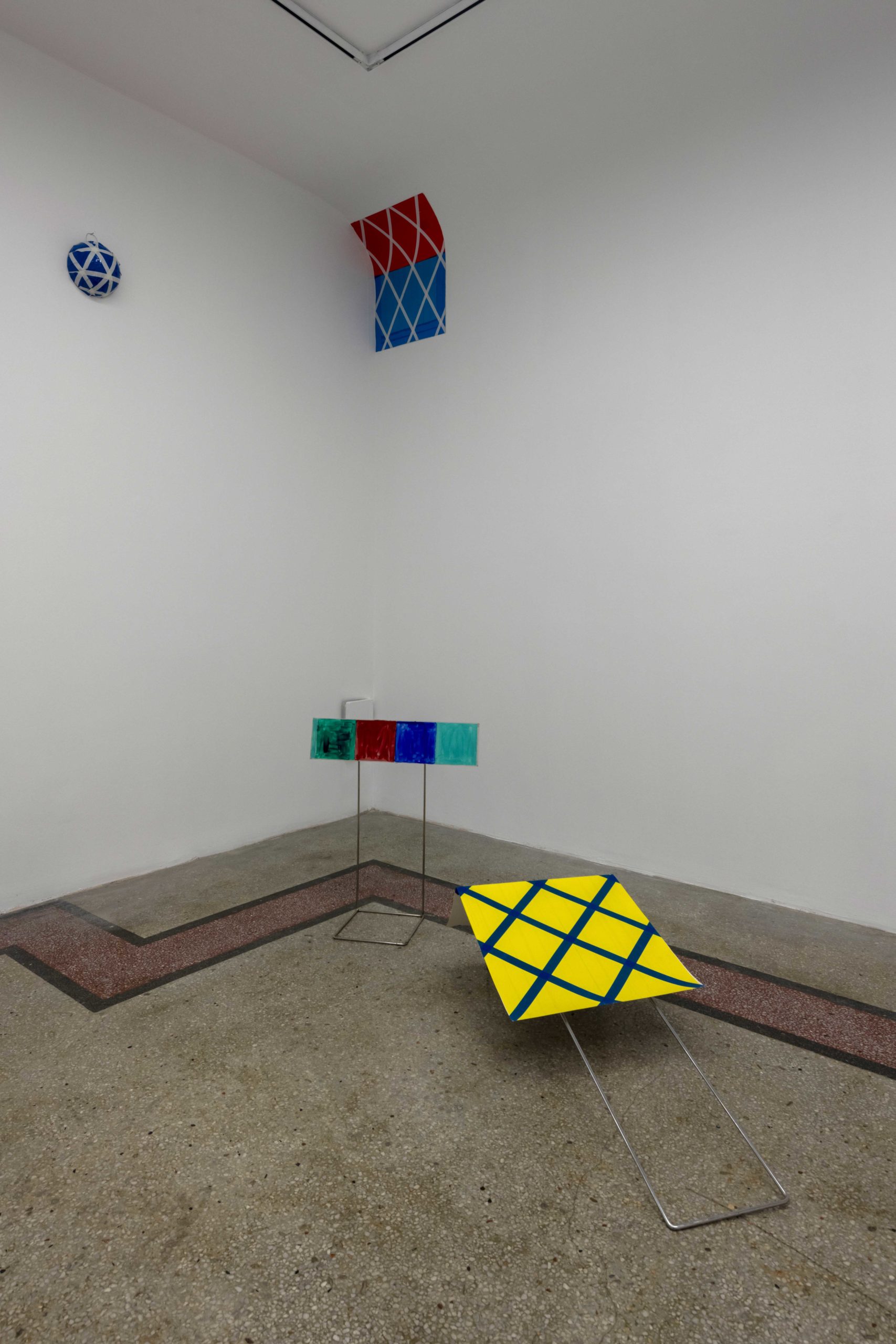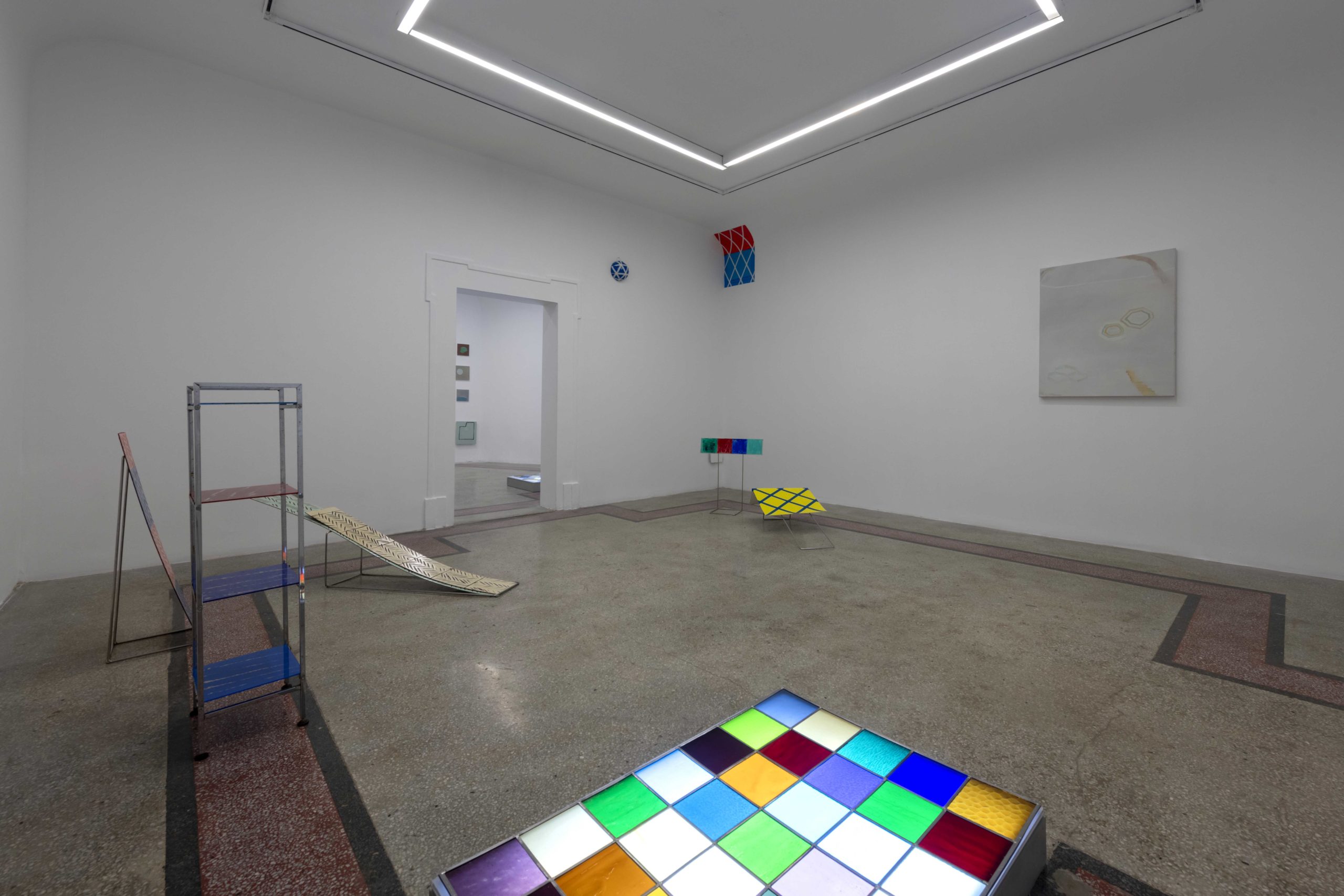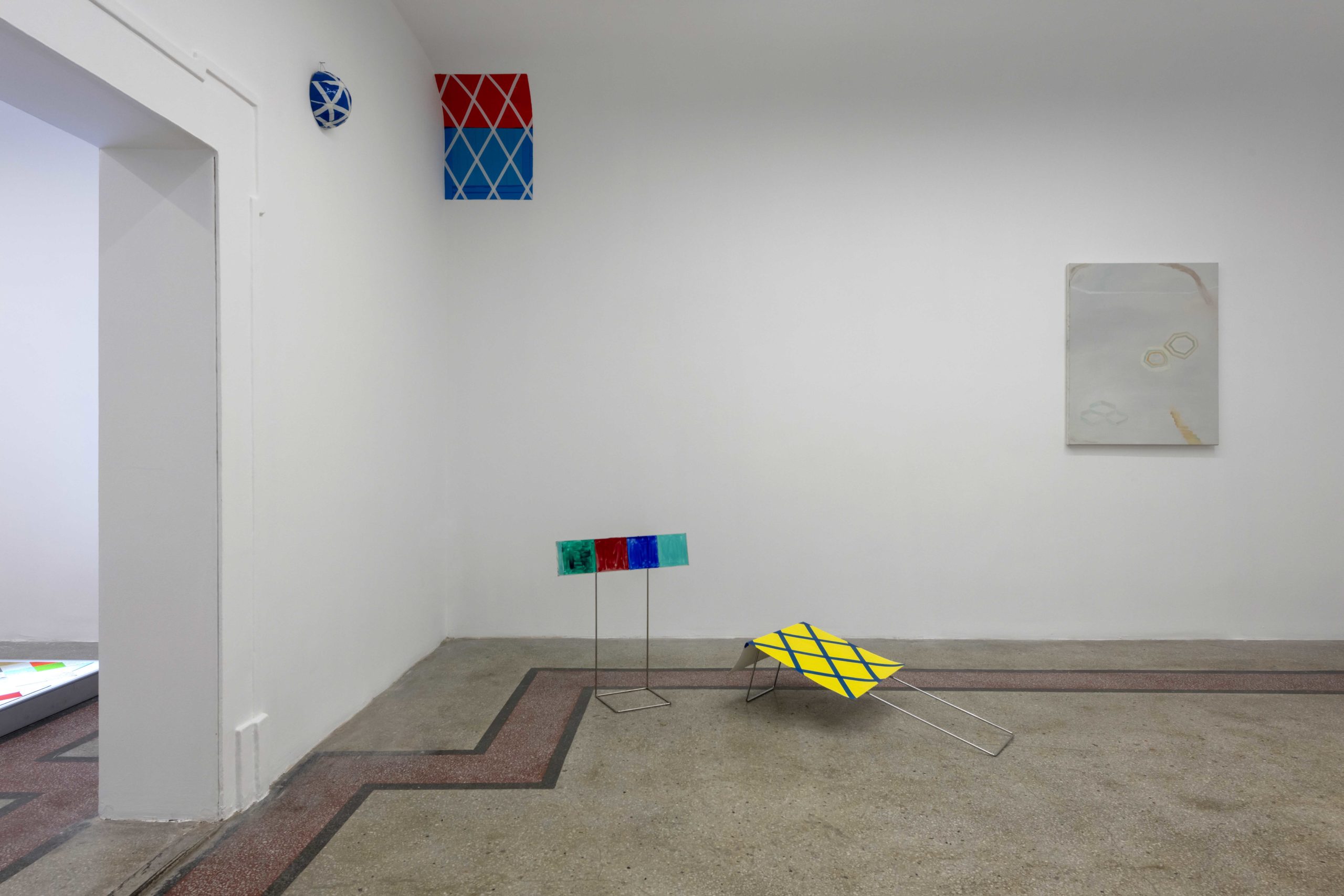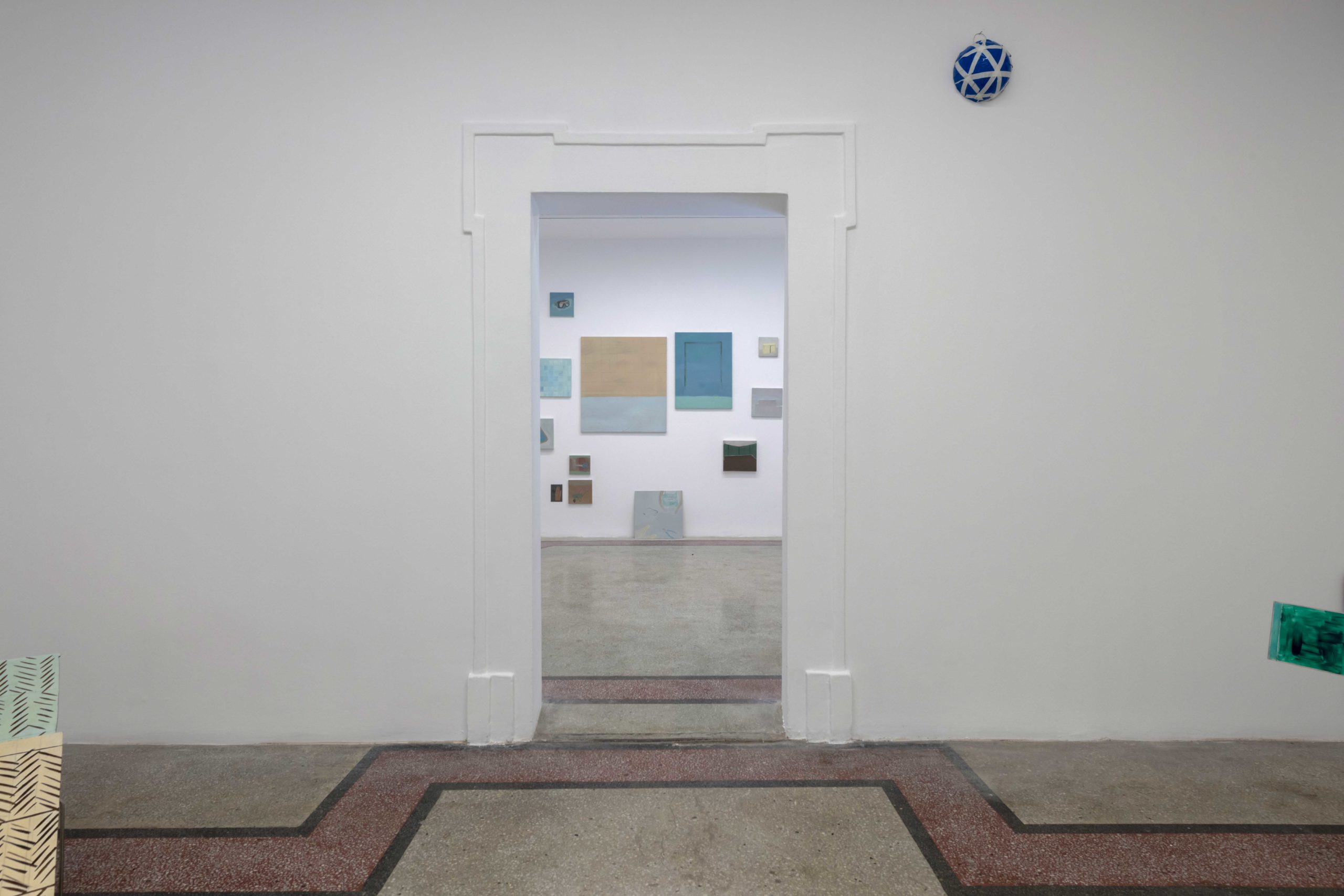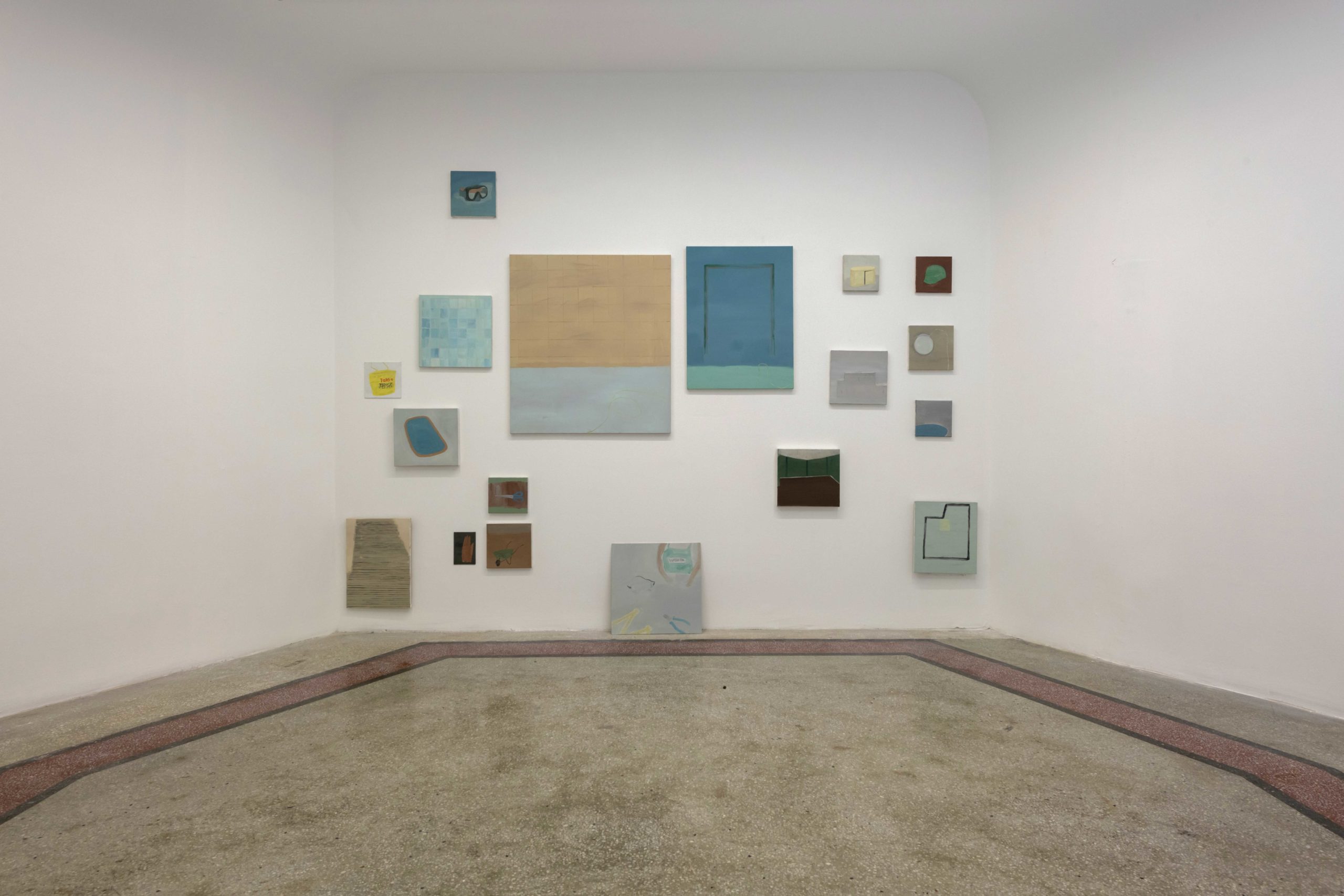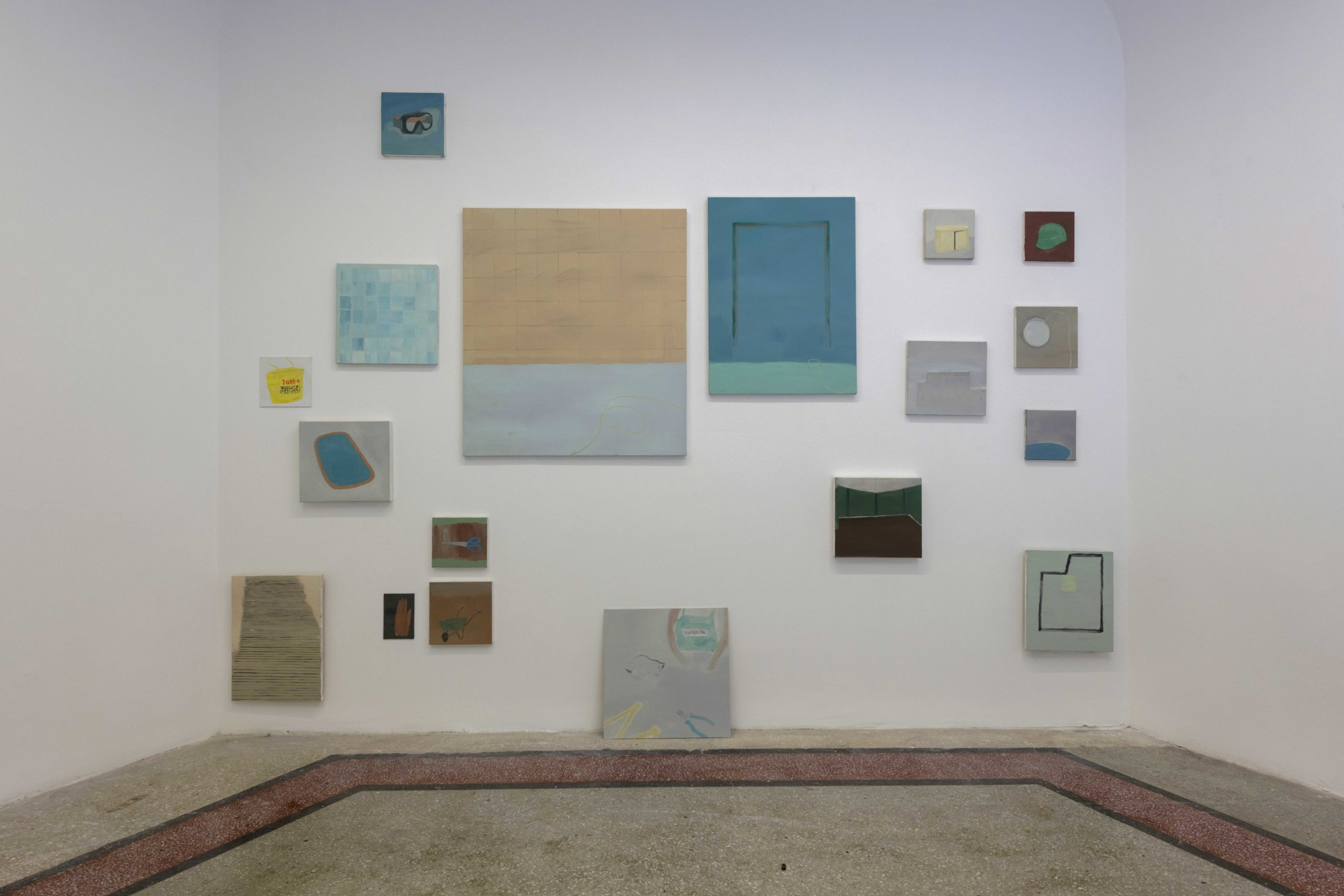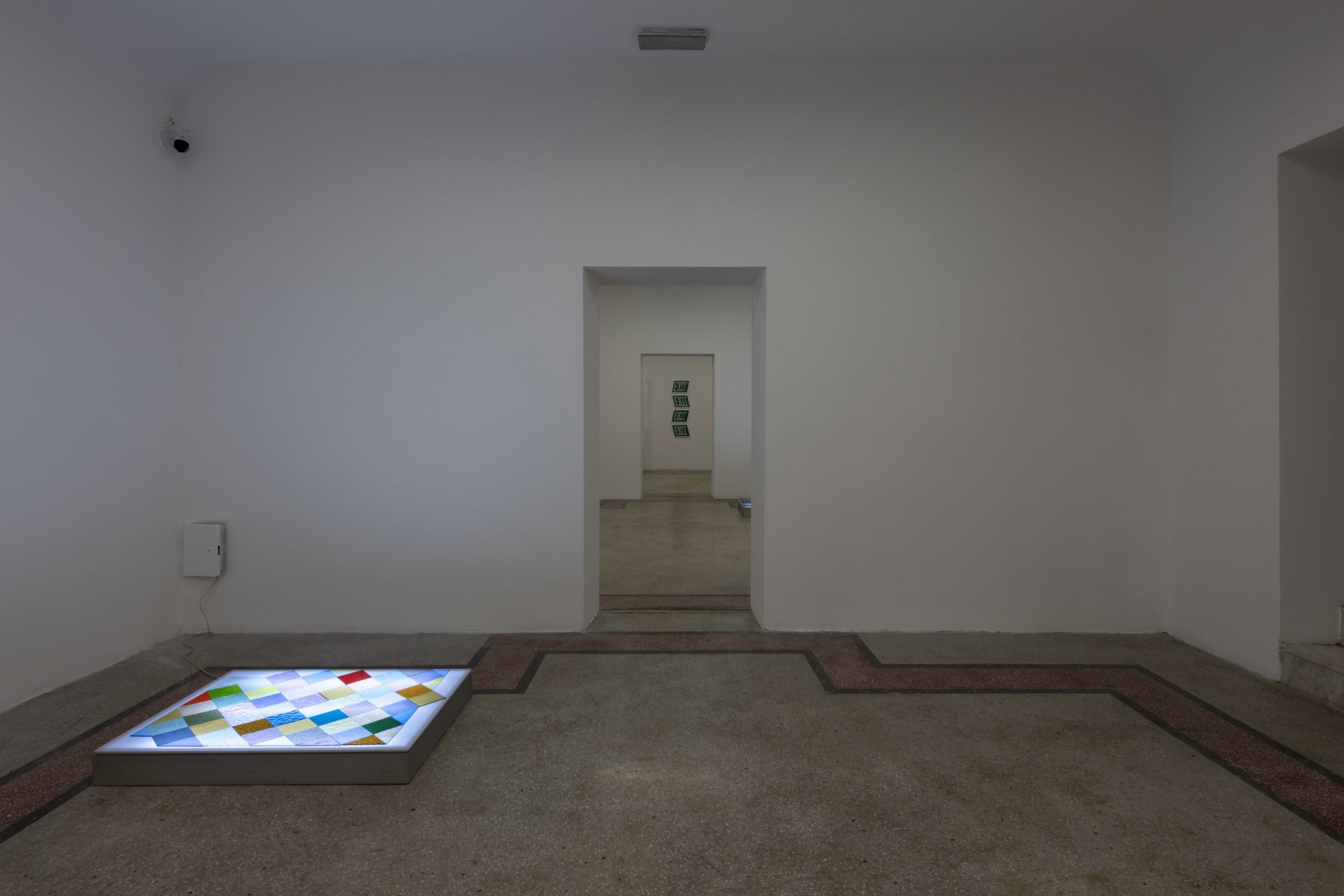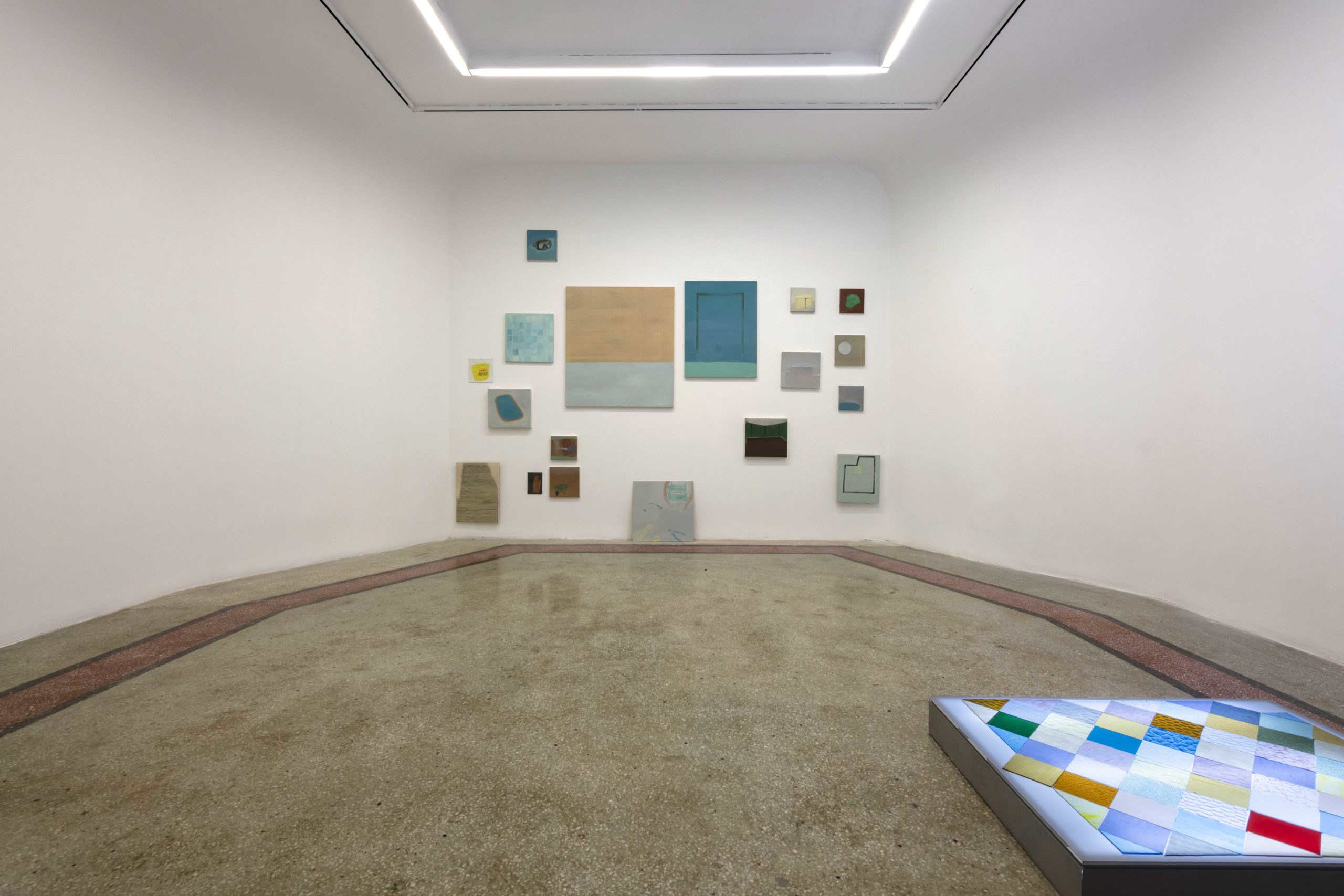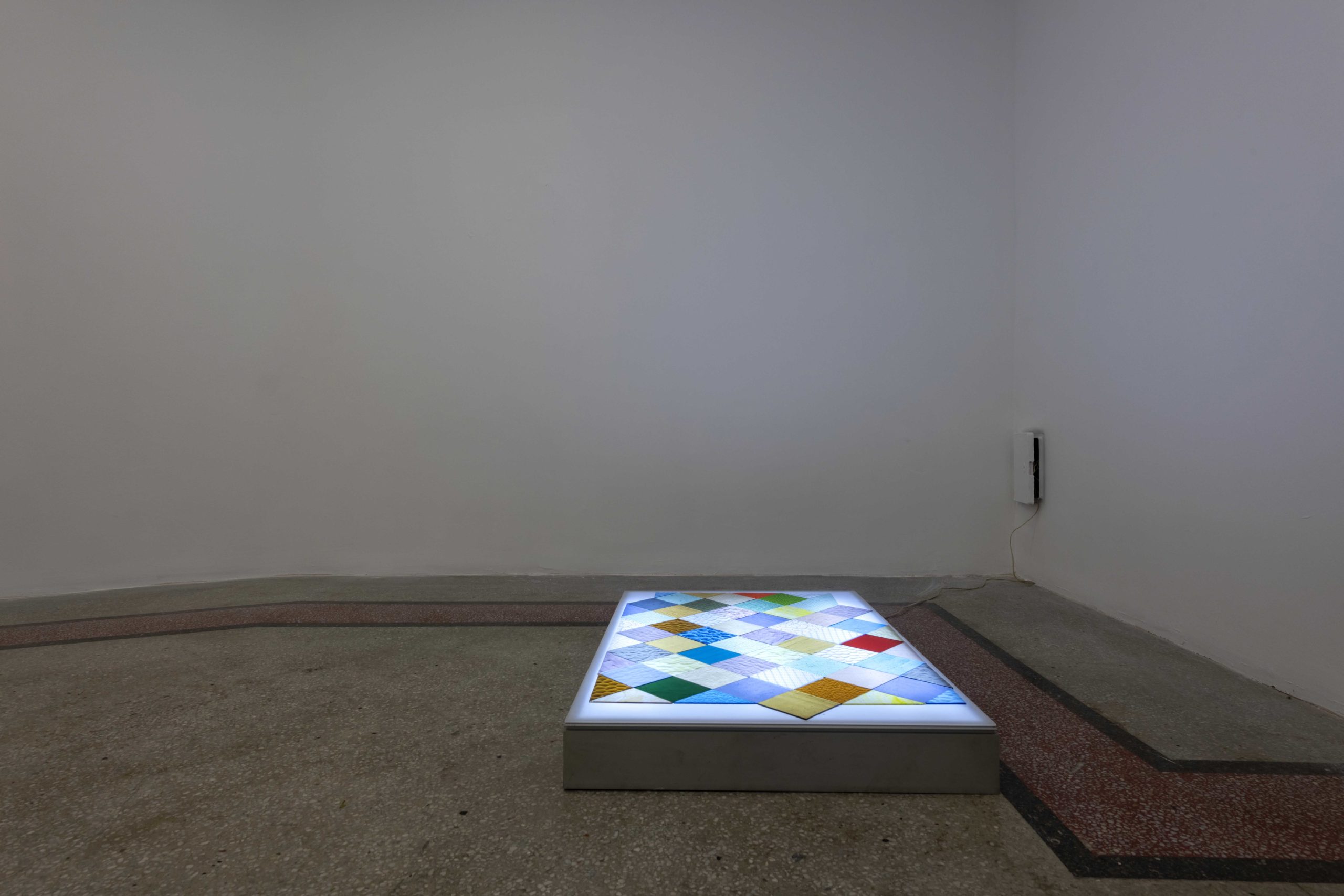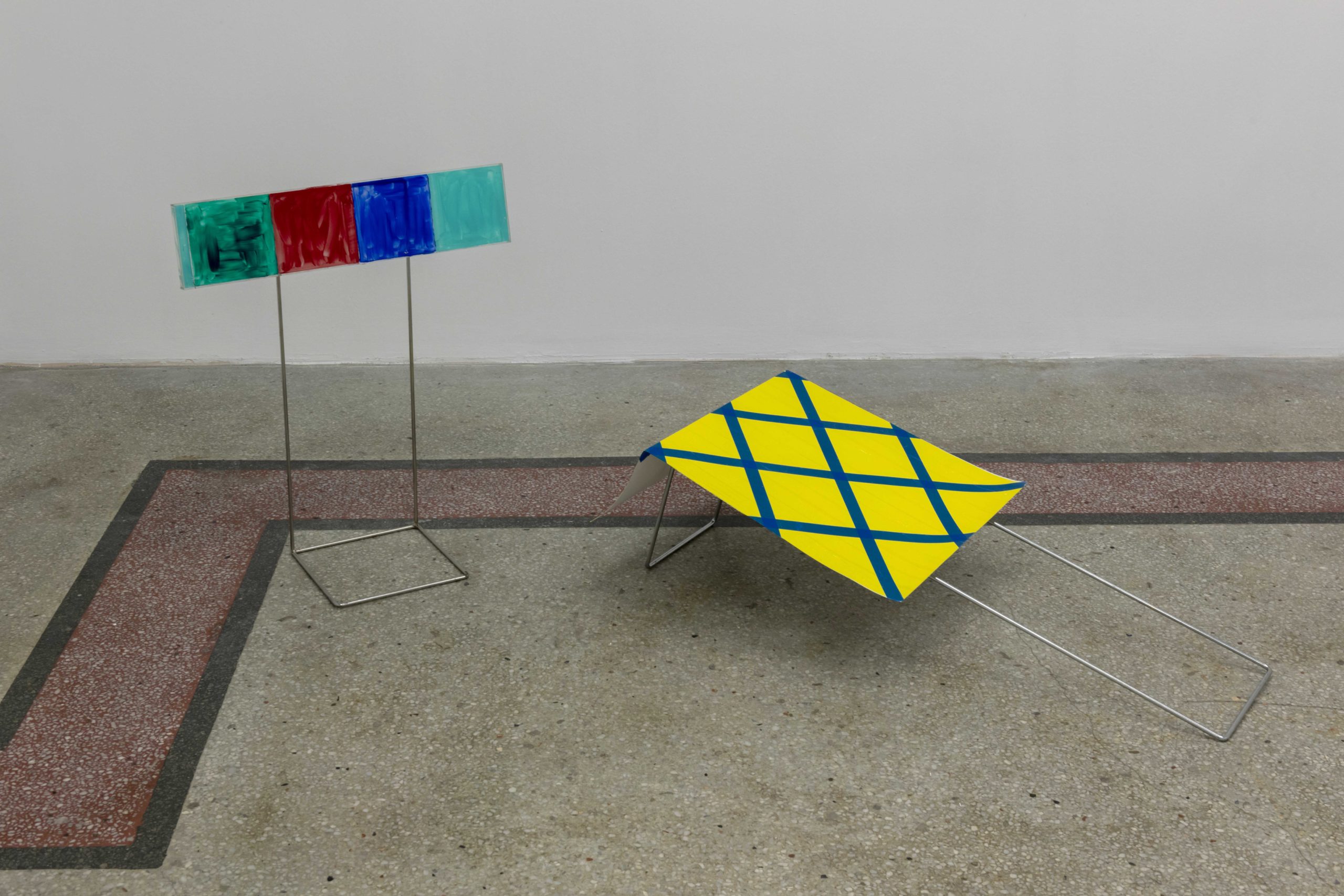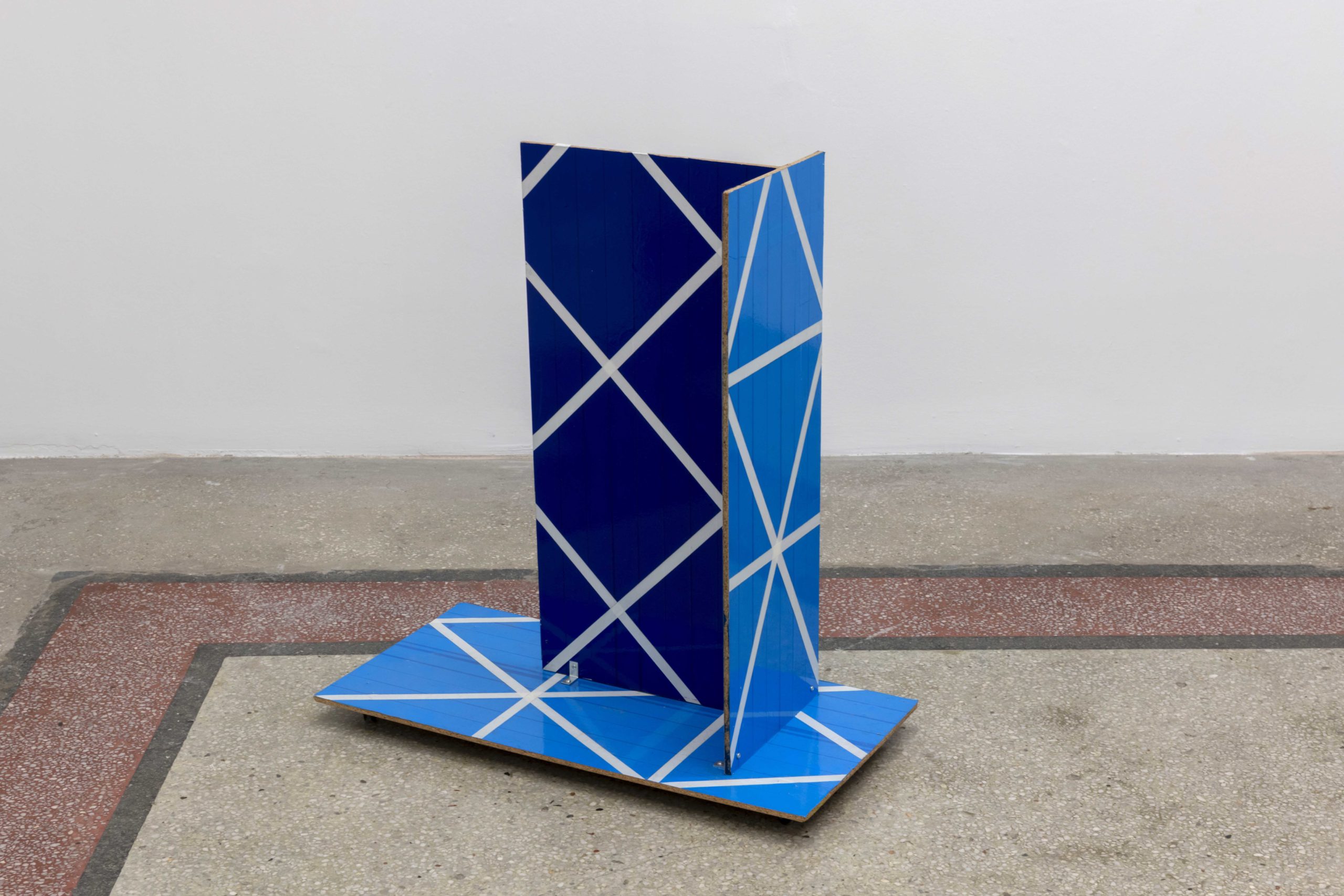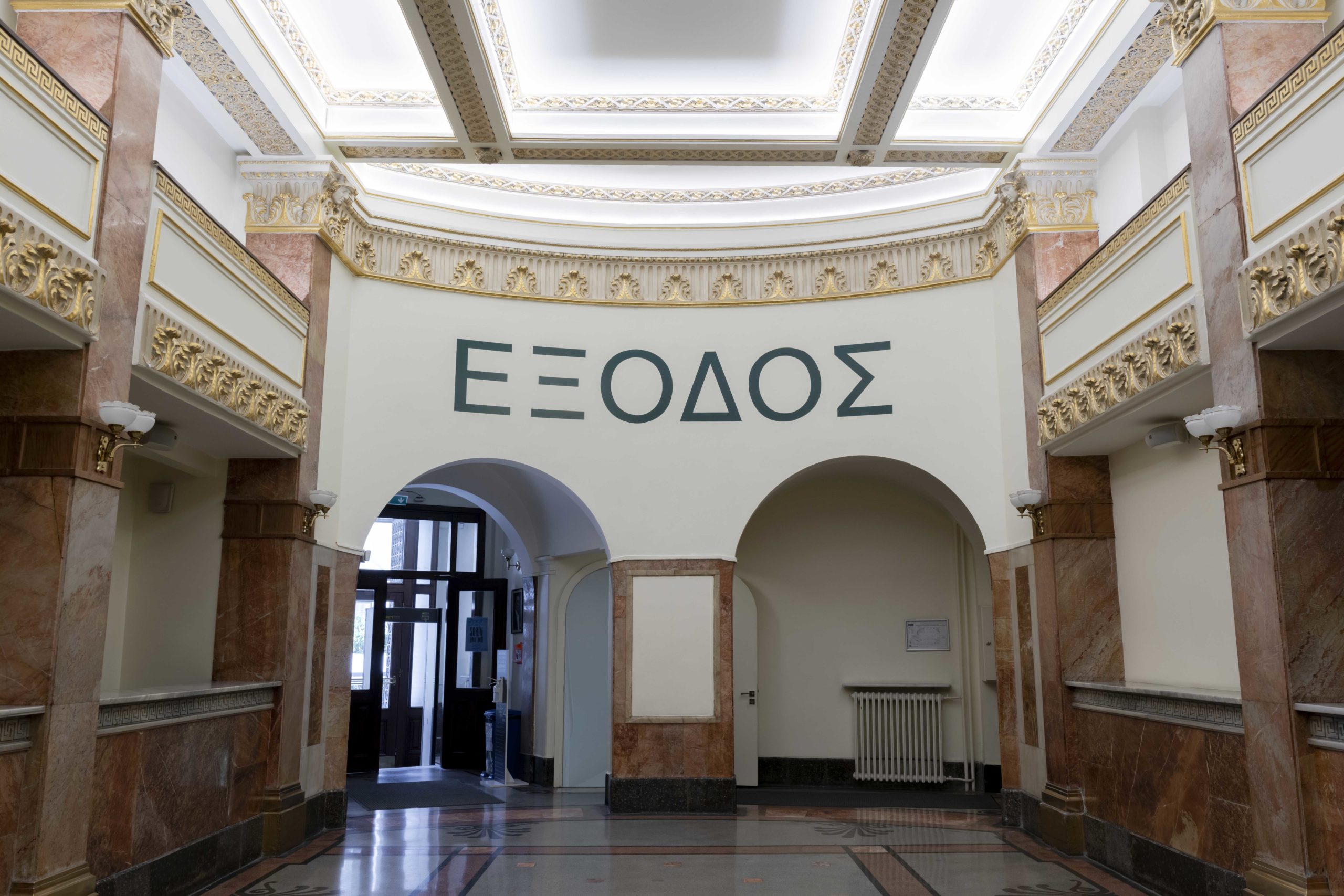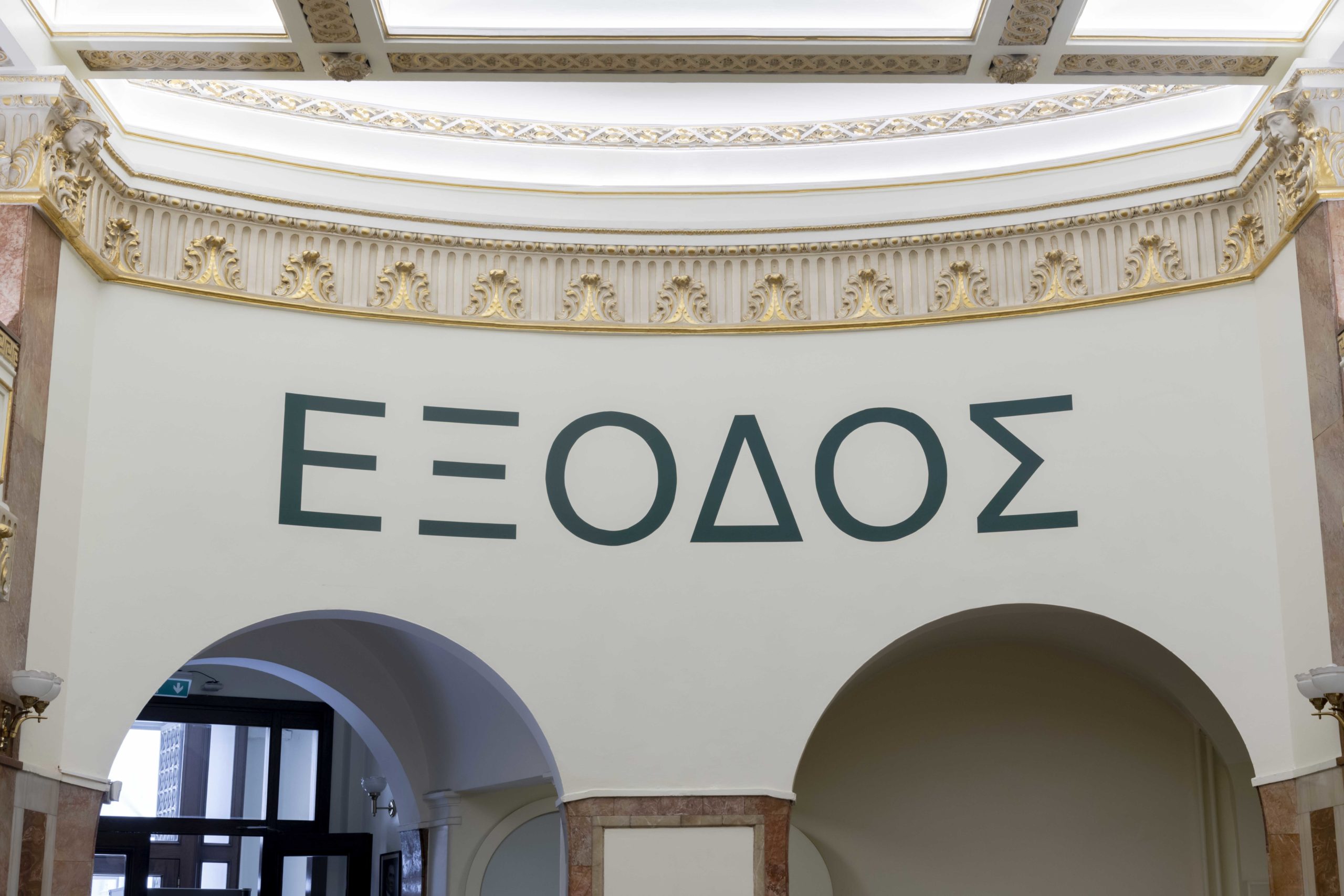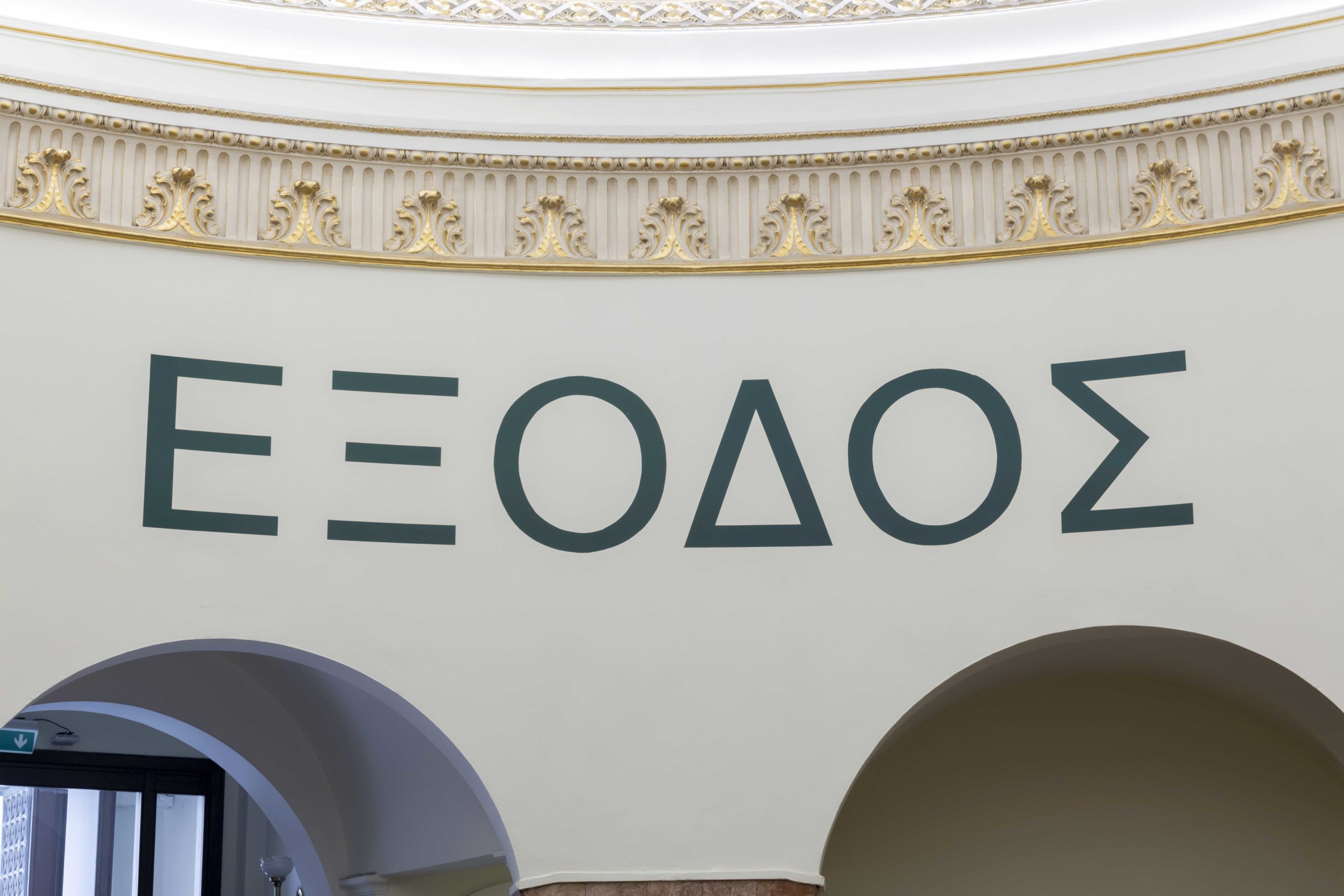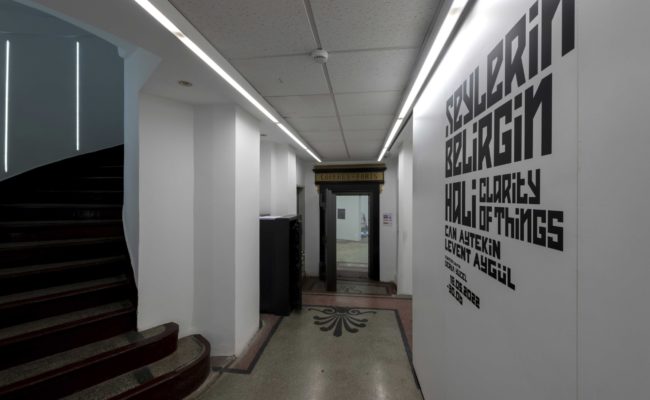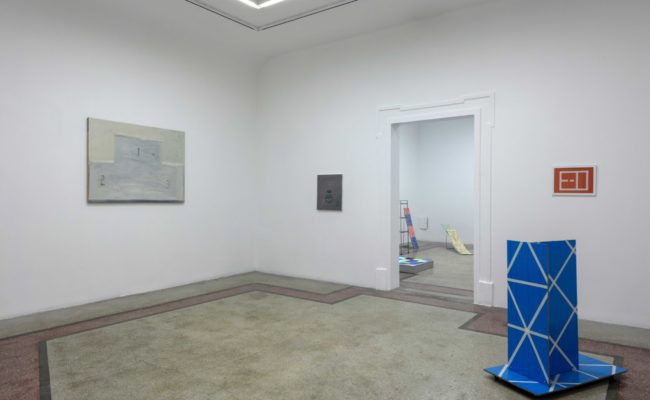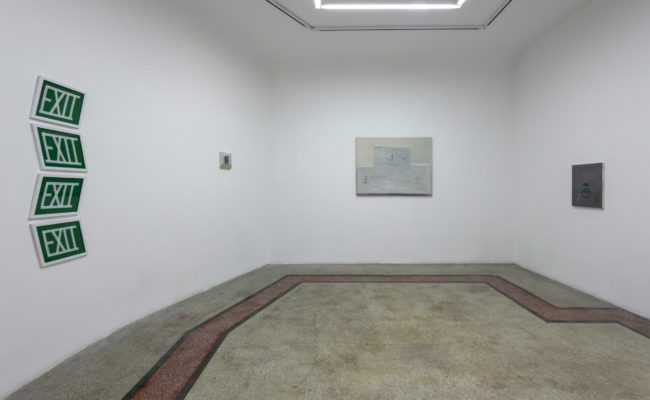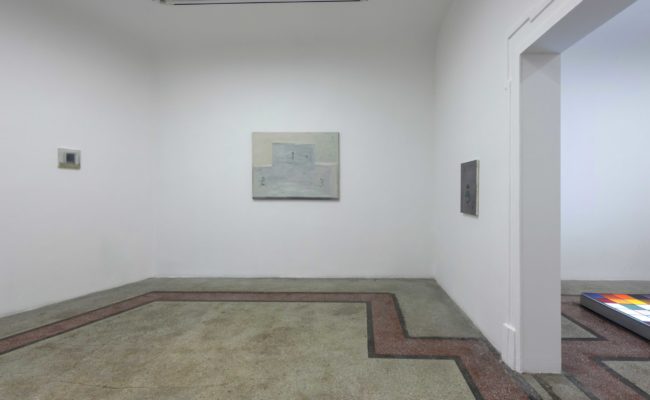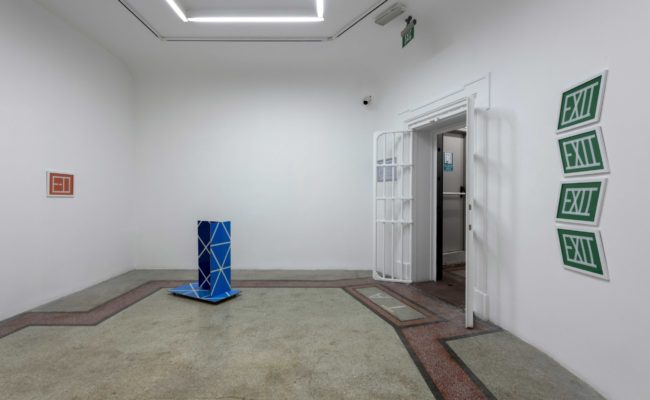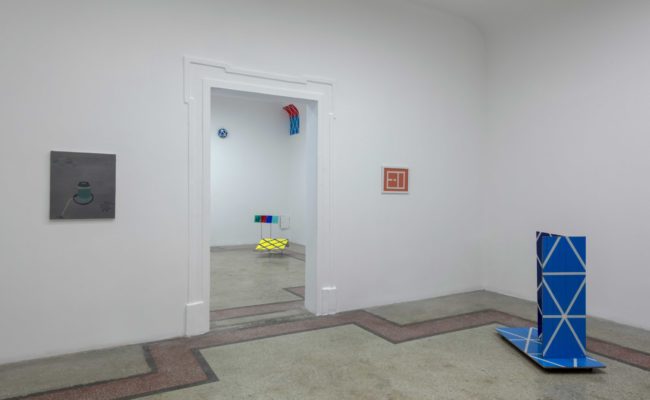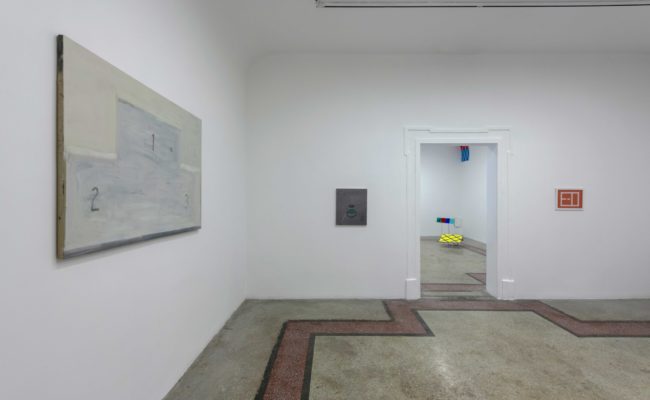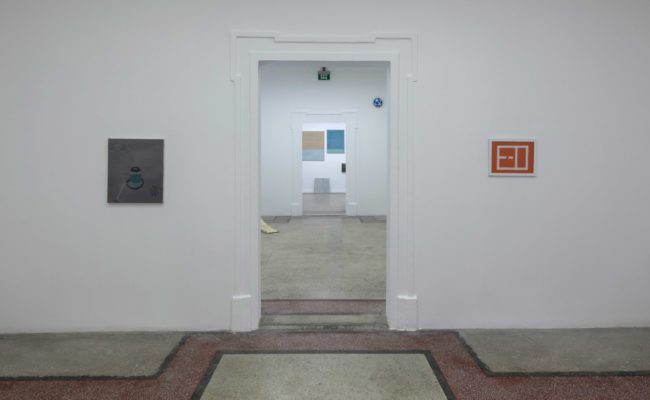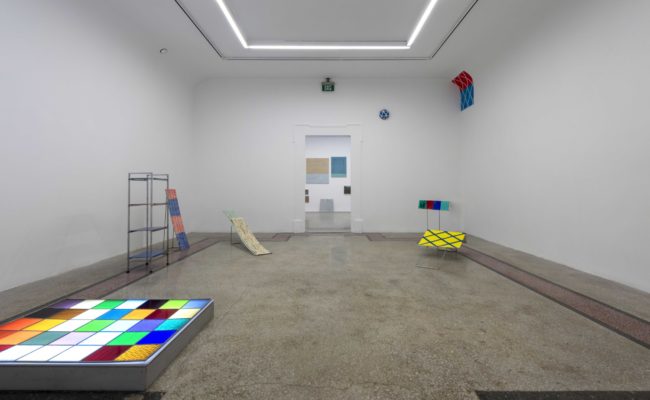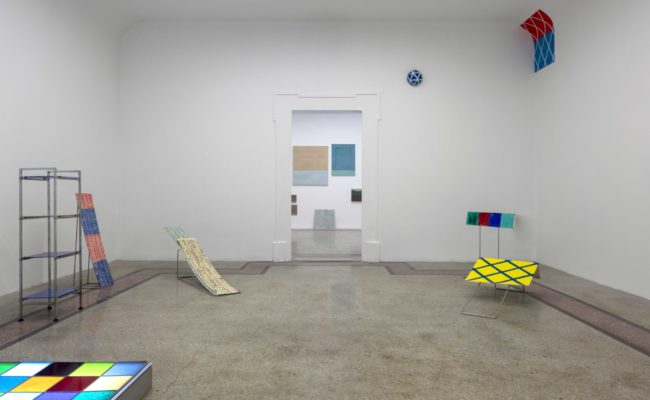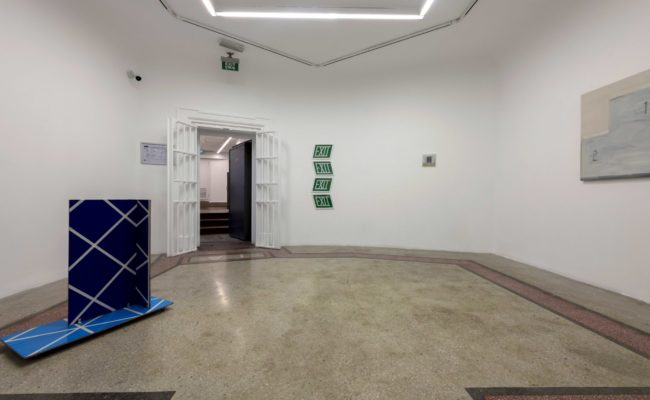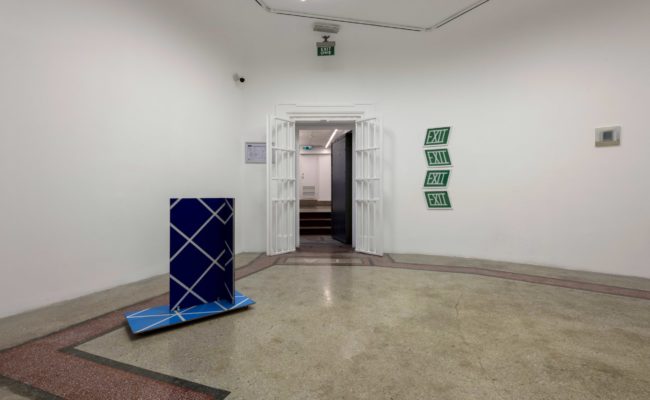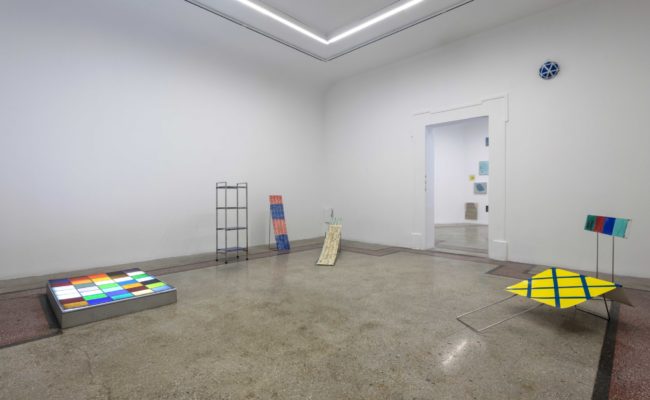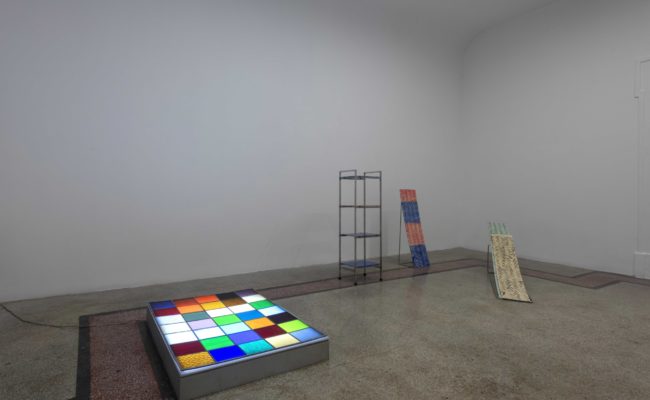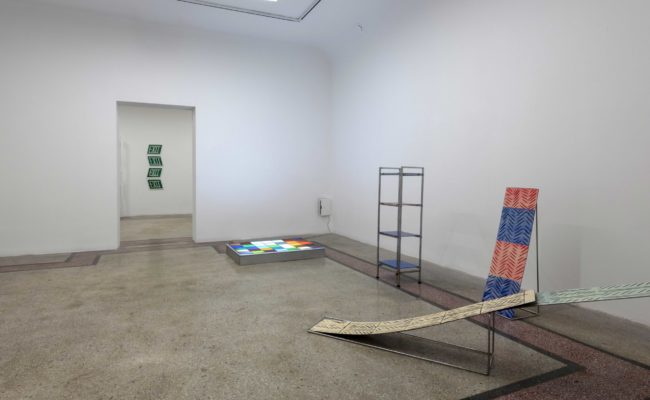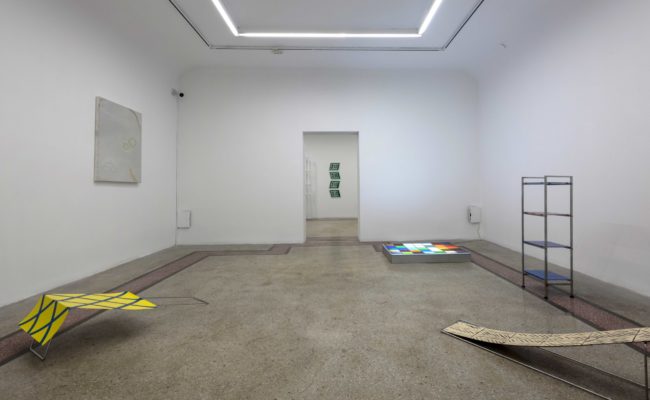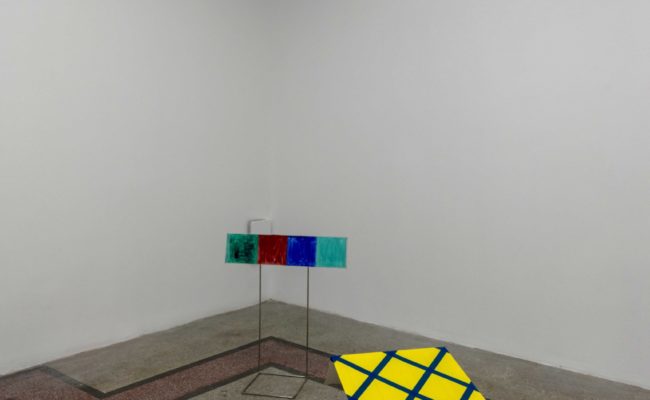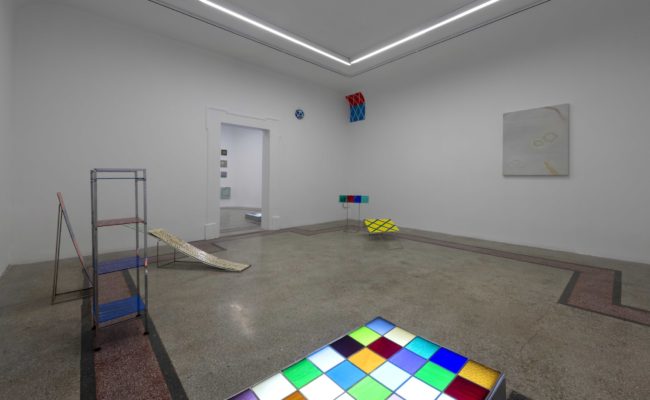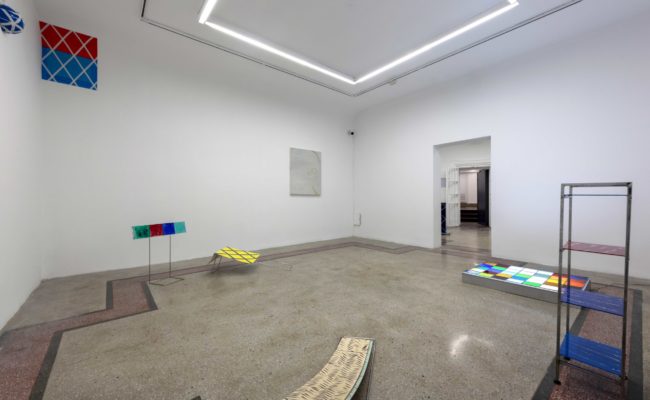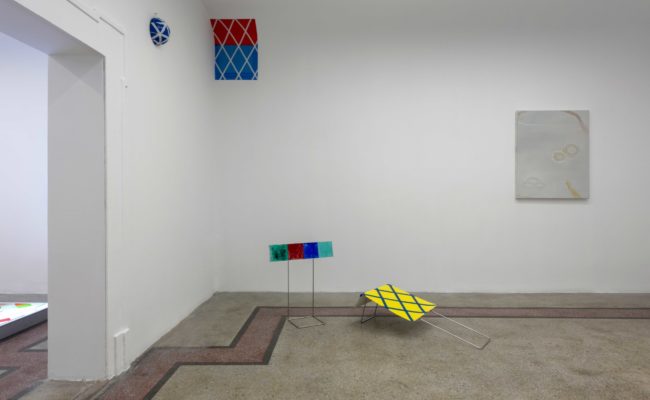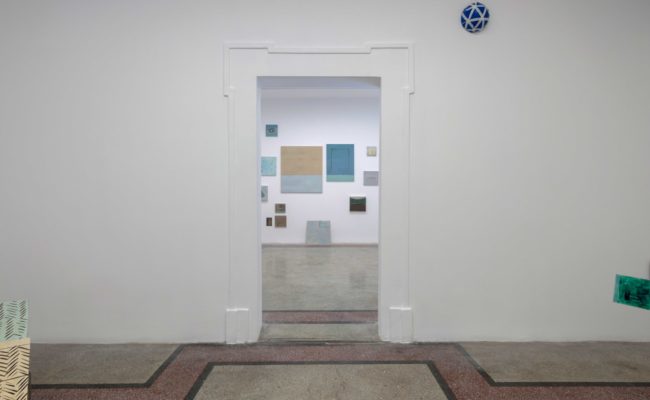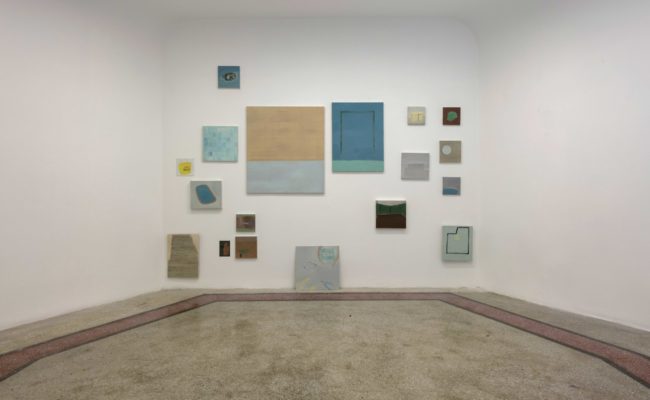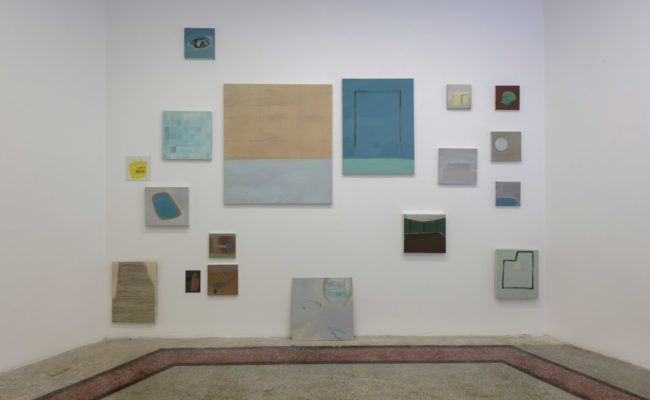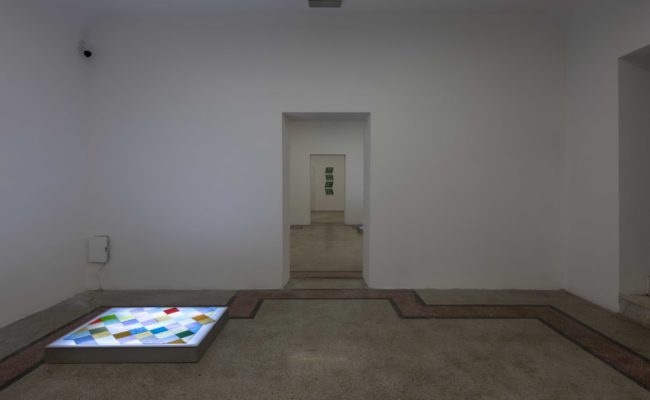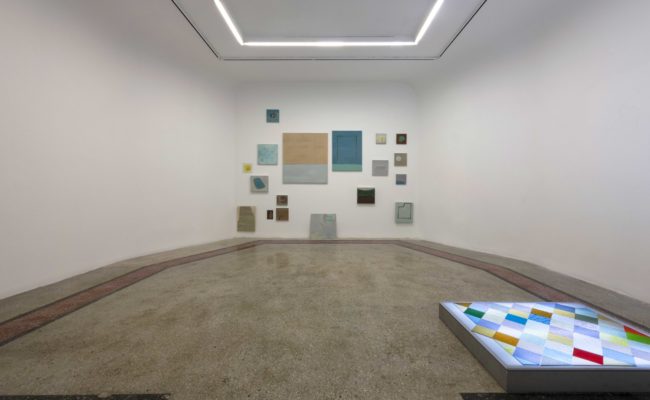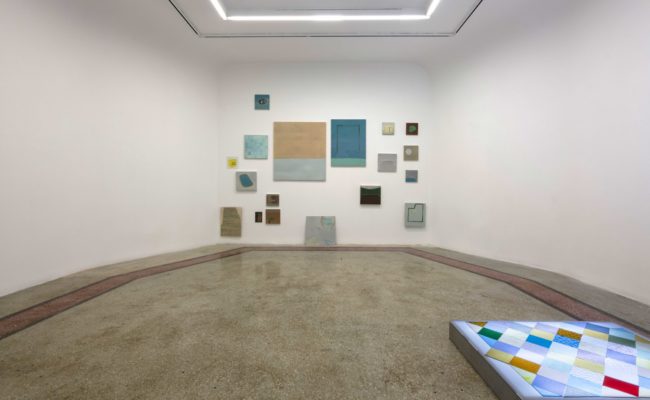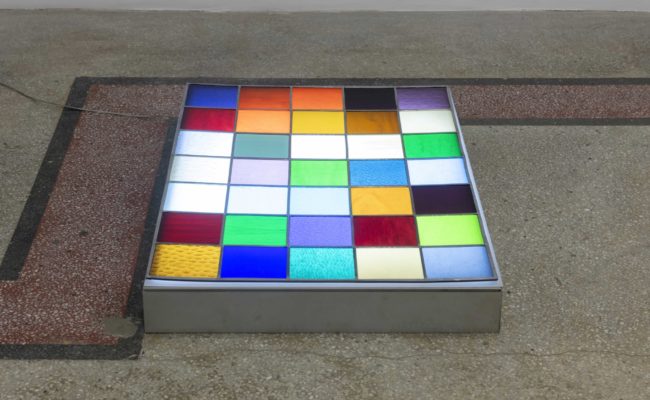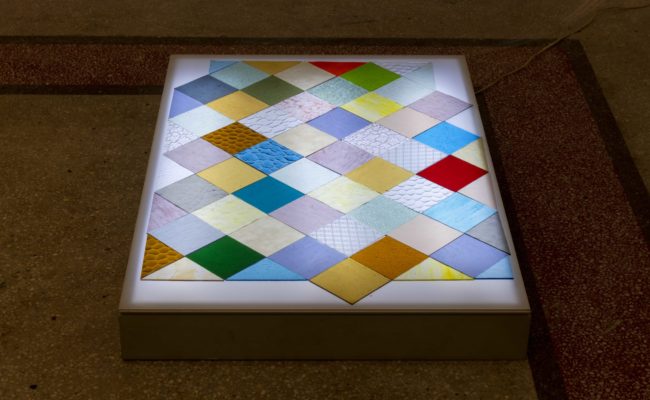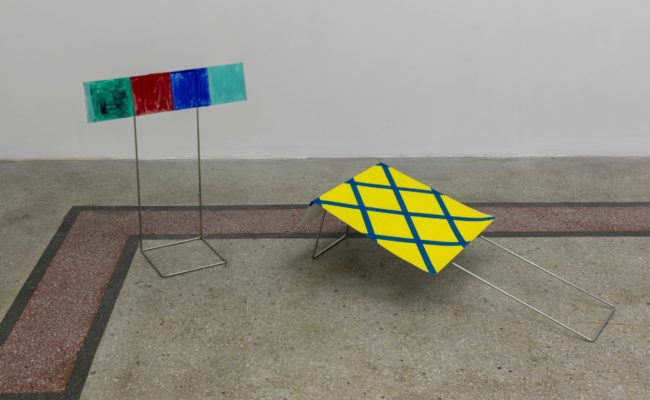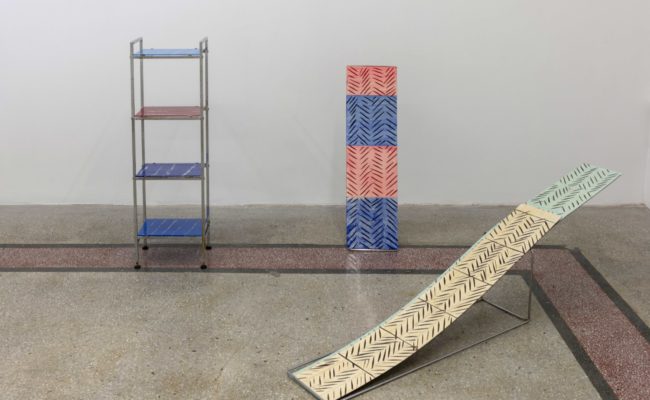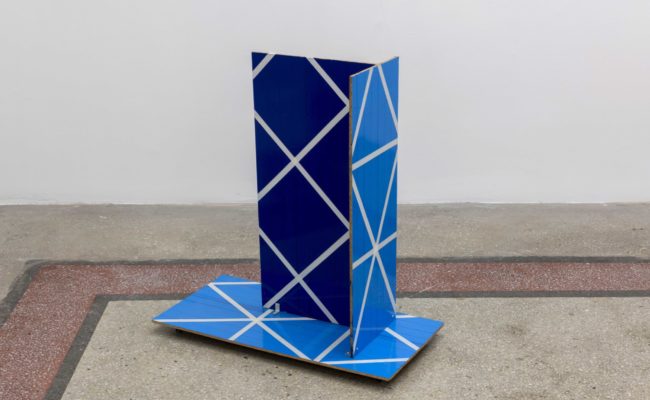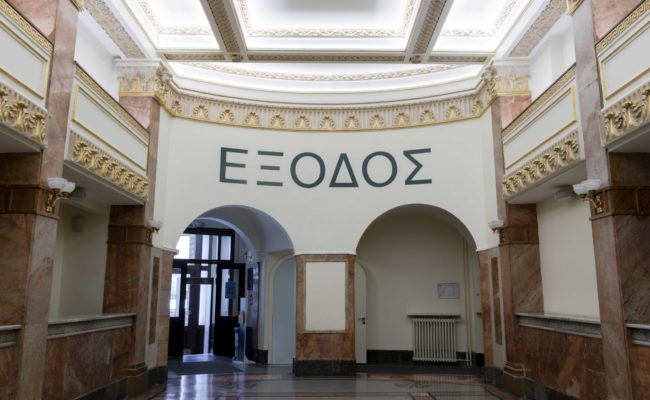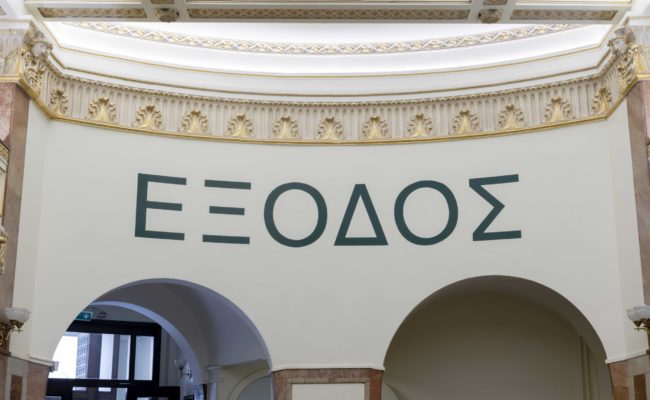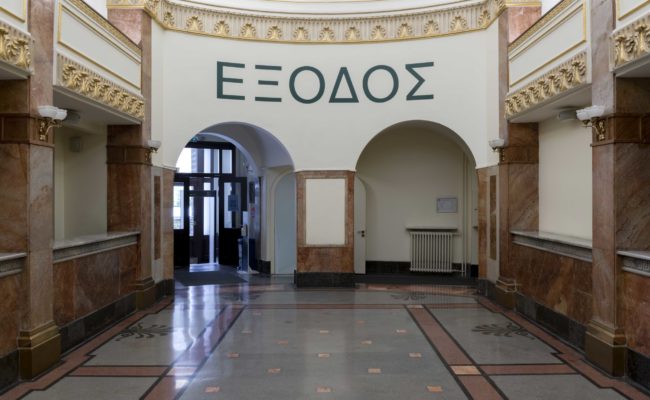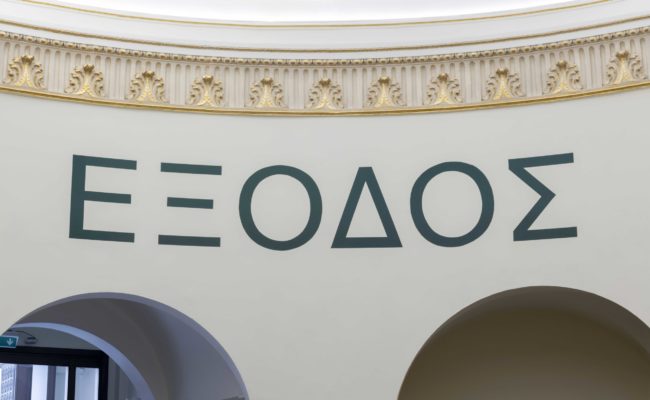Can Aytekin / Levent Aygül
How can we know ourselves, beyond our own knowledge? Where do all our mental frameworks and categories of knowledge that will allow us to know ourselves come from? What is the logic of reasoning? Therefore, what is thought, and how is knowledge possible? Foucault says that in order for a person to be able to grasp himself as a phenomenon that is alien to himself, his mind would have to be completely twisted on himself, to go beyond himself, to envelop it like a glove[1] and discusses the origin and birth of the “episteme” within the long history of knowledge and thought in Words and Things[2]. This concept comes from the philosophy of Plato and refers to the "knowledge of the whole". Just like Plato, Foucault traces how this knowledge is organized; but according to him, episteme covers the generality of consciousness and unconsciousness in a certain period, that is, it is a "space" and "place" that had a place in history... Taking us through interesting examples in the process of tracing, he presents an archeology of how things can be presented to representation, how things can emerge in history, language, thought, knowledge and culture, under what conditions, on what ground, and within what limits, since there are various ways of perceiving them.
Focusing on the relationship between art and “Object Oriented Ontology” and the meaning of the object in the context of art, which is much broader than its material reality/representation, Graham Harman also considers objects as the existence of forms of cognition that do not contain knowledge. While it is claimed that art is such a form of cognition[3], the concept of "object autonomous from its relations and components", which can translate to all kinds of human-non-human, bodily-incorporeal, real-imaginary beings, is called to the field of art. This approach, which offers the theory of how objects differ from their properties, is about the tension between objects as they appear to us and the real qualities that make them what they are. This tension creates a rift: this rift between things and our encounter with them is not a contingent product of the human mind, it happens automatically in any relationship. Therefore, the work of art as an object consists of two components, namely the object/work and the audience. Thus, a brand new object (thing) emerges from the fusion of the work and the audience.
As a duo exhibition that brings together the productions of Can Aytekin and Levent Aygül and is shaped by the process of thinking together, “Clarity of Things” points out a way of wandering through the distance and layering of the representation that emerges in the co-existence of people and things, the space, and therefore the differences of our way of relating to things. Artists activate and highlight a rift between objects or things and their sensory qualities.
Can Aytekin's “Plate” series in the exhibition works to distance things from the representational space in which they are imprisoned, rather than to carry things into a space immanent to the language. As a flattened, thinned, flat two- and three-dimensional plaque/signboard, the plate also forms the basis for the spatial arrangements of the artist as a very evocative object with functions that point, explain, show or, on the contrary, hide, cover, conceal. Aytekin collects practical signs of daily life from the city's historical, cultural, architectural and commercial spaces, adds topographical sensations to objects, and navigates the different aspects of appropriating space. The artist collects from the diversity of the human and non-human elements of things, from the calligraphy plates of Hagia Sophia to the panels covering the mosaics and frescoes, from the holds of the ships docking at Karaköy port to the stacked goods of the shops in the Perşembepazarı marketplace, from the workbench of the tile master Tuncay in the Galata hardware bazaar to the built-in stone mosaics and floor borders of Kasa Gallery, to produce entities/objects and spaces from them. These hybrid entities/objects and spaces are revealed in the modest depth of the material Aytekin uses in his art practice, in the colors he uses, in the layers he builds with tape, paper or constructions, and in the forms between two-dimensional and three-dimensionality created by the layers. The relationship that the artist establishes with space, language and form extends from the “exit” signs marking the exits in the gallery to the “exodos”, the last act of Greek tragedies, and underlines the hybrid situation of public and private, factual and fictional things found and constructed, from Giotto's and Fra Angelico's mural paintings that contain perspective and the illusion of three-dimensionality, to Haacke's and Twombly’s space-shattering flat, two-dimensional, plate/plaque aesthetics.
A selection from the "Things" series, which Levent Aygül has been continuing since 2020, reveals his choices between objects and details, and his visual intuitions between the world and thought, as two-dimensional images. These objects, which came out of the artist's house, workshop, drawer or inside the city, from the Karaköy Thursday market, from the street, are in a relationship with Georges Perec's novel "Things", which integrates with the characters who dream of a life knitted with objects, and which describes the objects they consume and desire, one by one, for pages. An unpaired glove, a hard hat, a pair of scissors, a plastic bag, a trolley or a cupboard with the door ajar… these objects, which are felt between the moment of being fully grasped by an outside observer and the meaning attributed by Aygül, just as in Perec's sentence, “they change, they become someone else…”[4]. The artist's paintings “Can” and “Luc”, which converse with Can Aytekin's arrangements, stylize the geometric matrix of the space and comprehend the transition of three dimensions into two dimensions. The staircase, floor mosaics, round ceiling, rooms opening into each other, walls of the vault gallery… pass through the lens of the artist as an observer and appear as maps of forms that are neither completely freed from belonging to the object nor entirely of the subject, and even emerging from their fusion. Spatial mapping, which is related in this context, reappears with stained glass as a medium that Levent Aygül deals with outside of painting, thus with another form with a holistic theme as an approach in the artist's practice. The two-dimensionality and three-dimensionality, light-form, surface, paint, color and material layering that Aygül deals with in his formal process reveals the relationship between the artist's paintings and stained glass compositions.
“Clarity of Things” motivates us to step outside of the hybrid objects of which we have formed a part and which we have been substituting in, to step into new ones. This step turns into a game which demands that we add our perceptual and imaginary processes to objects/things and the experience of observing in order to get out of ourselves. Continuing a free play without sacrificing conceptual explanation, practical utility or the purity of aesthetic taste in their production, Can Aytekin and Levent Aygül create sensations that are located independently between the viewer-work-space instead of the autonomy of art. In this transhistorical, timeless and free play, the artists give life to the objects with the “Clarity of Things” that can redistribute the tangible.
Derya Yücel
[1] Interview of Michel Foucault with Pierre Dumayet:
https://www.ina.fr/ina-eclaire-actu/video/i05059752/michel-foucault-a-propos-du-livre-les-mots-et-les-choses
[2] Michel Foucault, Kelimeler ve Şeyler: İnsan Bilimlerinin Bir Arkeolojisi, trans. Mehmet Ali Kılıçbay, İmge, 2001
[3] Graham Harman, Sanat ve Nesneler, trans. Oğuz Karayemiş, Ayrıntı, 2020
[4] Georges Perec, Şeyler, trans. Sevgi Tamgüç, Metis, 2012


